Hives vs Mosquito Bites: Key Differences, Symptoms, and Treatment Options
What are the main differences between hives and mosquito bites. How can you identify hives symptoms. What causes hives and mosquito bites. What are effective treatment options for both conditions.
Understanding Mosquito Bites: Appearance, Causes, and Risks
Mosquito bites are a common nuisance that most people experience at some point in their lives. These small, raised bumps on the skin result from female mosquitoes feeding on human blood. But what exactly happens when a mosquito bites you, and why do these bites itch?
The Anatomy of a Mosquito Bite
When a mosquito bites, it uses its long, needle-like mouthpart called a proboscis to pierce the skin and suck blood. During this process, the mosquito secretes saliva into the bloodstream. This saliva contains anticoagulants that prevent blood clotting, allowing the mosquito to feed more easily.
The body’s immune system recognizes this saliva as a foreign substance and releases histamine to combat it. This immune response is what causes the characteristic itching and swelling associated with mosquito bites.

Identifying Mosquito Bites
How can you tell if you’ve been bitten by a mosquito? Typical signs include:
- A small, raised bump on the skin
- Redness around the bite area
- Itching or mild pain
- A tiny dark spot in the center of the bump (where the mosquito pierced the skin)
These symptoms usually appear shortly after being bitten and can last for several days.
Why Do Mosquitoes Bite?
Only female mosquitoes bite humans and animals. They require the protein in blood to develop their eggs. Male mosquitoes, on the other hand, feed solely on flower nectar.
Health Risks Associated with Mosquito Bites
While most mosquito bites are harmless beyond the temporary discomfort they cause, these insects can potentially transmit serious diseases. Some of the most concerning mosquito-borne illnesses include:
- Malaria
- Dengue fever
- Zika virus
- West Nile virus
- Chikungunya
- Yellow fever
These diseases are particularly prevalent in tropical and subtropical regions, making mosquito control and prevention crucial public health concerns in many parts of the world.

Hives: Understanding the Skin Condition and Its Symptoms
While mosquito bites are easily recognizable, hives can sometimes be mistaken for insect bites. However, hives (also known as urticaria) are a distinct skin condition with their own set of characteristics and causes.
What Are Hives?
Hives are raised, itchy welts on the skin that can appear suddenly and disappear just as quickly. They occur when the body releases histamine and other chemicals in response to an allergen or other trigger.
Identifying Hives
How can you tell if you’re experiencing hives? Look for these key symptoms:
- Raised, red or skin-colored welts with clearly defined edges
- Welts that appear and fade rapidly, sometimes within hours
- Itching, which can be intense
- Swelling of the surface of the skin into red or skin-colored welts (wheals) with clearly defined edges
- Welts that vary in size and shape and may grow larger, spread, and join together to form larger areas of raised skin
Hives can appear anywhere on the body and may change location over time.

Causes of Hives
Hives can be triggered by a wide range of factors, including:
- Allergic reactions to food, medication, or insect stings
- Exposure to extreme temperatures
- Stress or anxiety
- Infections
- Certain medical conditions
- Physical stimuli such as pressure, friction, or vibration on the skin
In many cases, the exact cause of hives may be difficult to pinpoint.
Key Differences Between Hives and Mosquito Bites
While both hives and mosquito bites can cause itching and skin irritation, there are several key differences that can help you distinguish between the two:
Appearance
Mosquito bites typically appear as small, isolated bumps with a dark center where the skin was pierced. Hives, on the other hand, often present as larger, raised welts that can merge together to form irregular shapes.
Duration
Individual mosquito bites usually last for several days before gradually fading. Hives, however, can appear and disappear rapidly, sometimes within hours. A single hive rarely lasts more than 24 hours, although new hives may continue to appear.

Distribution
Mosquito bites are typically found in exposed areas of skin and often appear in small clusters. Hives can occur anywhere on the body and may be more widespread.
Cause
Mosquito bites have a clear external cause – the bite of a mosquito. Hives are an internal reaction of the body, often triggered by allergens or other factors.
Treatment Options for Mosquito Bites and Hives
While both mosquito bites and hives can be uncomfortable, there are several treatment options available to alleviate symptoms and promote healing.
Treating Mosquito Bites
For most people, mosquito bites are a minor nuisance that will resolve on their own. However, there are several steps you can take to reduce itching and discomfort:
- Apply a cold compress or ice pack to reduce swelling
- Use over-the-counter anti-itch creams containing hydrocortisone or calamine lotion
- Take an oral antihistamine to reduce itching and swelling
- Avoid scratching the bite, which can lead to infection
Treating Hives
The treatment for hives often depends on the underlying cause and severity of symptoms. Common treatment options include:

- Oral antihistamines to reduce itching and swelling
- Topical corticosteroid creams for localized hives
- Cool compresses or cool baths to soothe the skin
- For severe cases, oral corticosteroids may be prescribed
- Identifying and avoiding triggers, if possible
In cases of chronic hives or severe allergic reactions, additional treatments such as immune-modulating drugs may be necessary.
Prevention Strategies for Mosquito Bites and Hives
While it’s not always possible to completely avoid mosquito bites or hives, there are several strategies you can employ to reduce your risk.
Preventing Mosquito Bites
To minimize your chances of being bitten by mosquitoes:
- Use insect repellent containing DEET, picaridin, or oil of lemon eucalyptus
- Wear long-sleeved shirts and long pants, especially during dawn and dusk when mosquitoes are most active
- Use mosquito nets when sleeping outdoors or in areas without adequate window screens
- Eliminate standing water around your home, as this is where mosquitoes breed
- Use air conditioning or window and door screens to keep mosquitoes outside
Preventing Hives
Preventing hives can be more challenging, as triggers can vary widely between individuals. However, some general strategies include:

- Identifying and avoiding known allergens or triggers
- Managing stress through relaxation techniques or therapy
- Avoiding extreme temperature changes
- Wearing loose, comfortable clothing to reduce skin irritation
- Keeping a diary to track potential triggers
If you experience frequent or severe hives, consulting with an allergist or dermatologist can help identify specific triggers and develop a personalized prevention plan.
When to Seek Medical Attention for Mosquito Bites or Hives
While most mosquito bites and cases of hives are not serious, there are situations where medical attention may be necessary.
For Mosquito Bites
Seek medical care if you experience:
- Signs of an allergic reaction, such as difficulty breathing or swelling of the throat
- Symptoms of mosquito-borne diseases, such as fever, severe headache, or body aches
- Signs of infection at the bite site, including increased redness, warmth, or pus
For Hives
Contact a healthcare provider if:
- Hives persist for more than a few days or recur frequently
- You experience symptoms of anaphylaxis, such as difficulty breathing, dizziness, or swelling of the face or throat
- Hives are accompanied by a fever or joint pain
- Over-the-counter treatments are not providing relief
Remember, while both mosquito bites and hives are often manageable at home, severe reactions or persistent symptoms warrant professional medical evaluation.

The Impact of Climate Change on Mosquito Populations and Hives
As our global climate continues to change, it’s important to consider how these shifts might affect both mosquito populations and the prevalence of skin conditions like hives.
Climate Change and Mosquitoes
Climate change is having a significant impact on mosquito populations worldwide. Here’s how:
- Warmer temperatures are expanding the geographical range of many mosquito species
- Longer warm seasons are extending the active period for mosquitoes
- Changes in rainfall patterns can create more breeding sites for mosquitoes
- Warmer temperatures can accelerate the mosquito life cycle and the replication of viruses they carry
These changes could potentially lead to an increase in mosquito-borne diseases in areas where they were previously rare or non-existent.
Climate Change and Hives
While the direct link between climate change and hives is less clear, there are several ways in which changing climate patterns could influence the occurrence of hives:

- Increased temperatures and humidity can exacerbate skin conditions, potentially triggering hives in sensitive individuals
- Changes in plant pollination cycles due to altered climate patterns could affect seasonal allergies, which can sometimes manifest as hives
- Extreme weather events and environmental changes could introduce new allergens or irritants that might trigger hives in some people
As climate change progresses, it will be crucial to monitor these potential impacts on both mosquito populations and skin health.
Emerging Research and Future Directions in Mosquito Control and Hives Treatment
As our understanding of both mosquito-borne diseases and skin conditions like hives continues to evolve, researchers are exploring new approaches to prevention and treatment.
Advancements in Mosquito Control
Several promising areas of research in mosquito control include:
- Genetic modification of mosquitoes to reduce their ability to transmit diseases
- Development of new, more effective repellents and insecticides
- Use of bacteria like Wolbachia to reduce mosquito populations or their ability to transmit viruses
- Improved surveillance and early warning systems for mosquito-borne diseases
These approaches could potentially revolutionize our ability to control mosquito populations and prevent disease transmission.
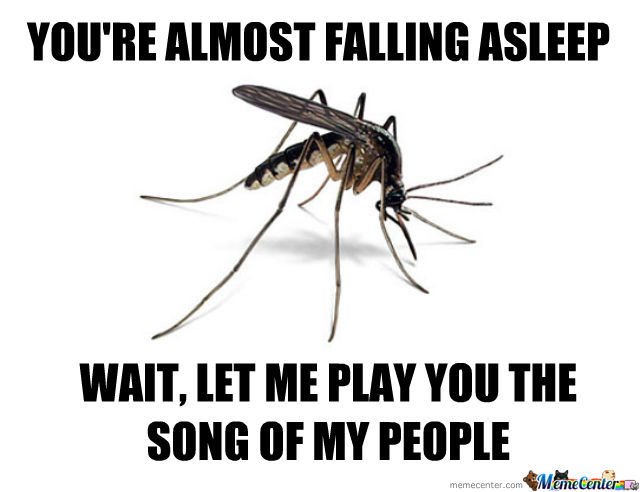
Innovations in Hives Treatment
Research into hives treatment is also advancing, with several new directions being explored:
- Development of new biologics that target specific pathways in the immune system to prevent or treat chronic hives
- Personalized medicine approaches that tailor treatments to an individual’s specific type of hives
- Investigation of the role of the gut microbiome in hives and potential probiotic treatments
- Exploration of alternative therapies, such as acupuncture or herbal remedies, for hives management
These emerging areas of research hold promise for improving our ability to manage and treat hives, particularly in cases that are resistant to current treatments.
As we continue to face challenges from both mosquito-borne diseases and skin conditions like hives, ongoing research and innovation will be crucial in developing more effective prevention and treatment strategies. By staying informed about these developments, individuals can better protect their health and manage these conditions effectively.

What They Look Like, Why They Itch & Treatment
Overview
A mosquito bite featuring a raised bump and a dark spot in the center.
What are mosquito bites?
Mosquito bites are small, raised bumps on the skin resulting from a female mosquito feeding on human blood.
Mosquitoes are small, flying insects. They have six legs and long mouthparts — used to feed on blood and nectar. Only female mosquitoes feed off of blood. Three different types of mosquitoes exist in various parts of the world: Aedes, Culex and Anopheles.
Often, mosquito bites don’t cause any lasting harm. They cause mild annoyance and irritation for a short period. However, mosquitoes are dangerous because they spread diseases that can be fatal.
Where are mosquitoes found?
Mosquitoes are often near water. They lay their eggs in shallow, stagnant water. The eggs are usually in marshes, ponds, lakes, children’s pools, the inside of tires, birdbaths and other containers with shallow water.
Why do mosquitoes bite?
Mosquitoes bite and suck blood for reproduction. Though male mosquitoes only eat flower nectar, female mosquitoes eat both flower nectar and blood. The females need the protein in blood to develop eggs.
What happens when a mosquito bites you?
Mosquitos have a long mouthpart (proboscis) that extends far beyond their heads. It looks like a tiny needle. When a mosquito bites you, it uses this mouthpart to pierce your skin, suck your blood and secrete saliva into your bloodstream.
Why do mosquito bites itch?
When a mosquito secretes saliva into your bloodstream, your body registers the saliva as an allergen. Your immune system then sends the chemical histamine to the area where the mosquito bit you to remove the allergen from your body. Histamine is what causes your mosquito bites to itch and swell. Most people have a mosquito bite allergy.
How do mosquitoes spread disease?
Mosquitoes spread disease through their bites. Mosquitoes are vectors (living things that carry diseases between animals and humans). Vectors often carry infections through blood. Many of the creatures classified as vectors are bloodsuckers. Other vectors include ticks, fleas and sandflies.
Mosquitoes are vectors (living things that carry diseases between animals and humans). Vectors often carry infections through blood. Many of the creatures classified as vectors are bloodsuckers. Other vectors include ticks, fleas and sandflies.
When a mosquito bites, it not only sucks blood but secretes saliva. This saliva enters your blood. There is an exchange of fluids between the mosquito and your bloodstream. An infected mosquito has fed off a person or animal with the disease. It then passes the infection on when it bites. Mosquitoes often feed in a method called sip feeding. Sip feeding means that the mosquito doesn’t just suck all of the blood it needs from one source — it takes multiple meals from multiple sources. Unfortunately, this exposes more people to infection.
What types of diseases can be spread by mosquito bites?
- Chikungunya: Found in Africa, North and South America, Asia, Europe and the Indian subcontinent, chikungunya is a virus transmitted by the Aedes aegypti mosquito.
 Symptoms of this virus include fever, joint and muscle pain, headache, nausea, tiredness and a rash.
Symptoms of this virus include fever, joint and muscle pain, headache, nausea, tiredness and a rash. - Zika: Found in Africa, North and South America, Asia and the Pacific region, Zika is a virus transmitted by the Aedes aegypti and Aedes albopictus mosquito. Once a person is infected, the virus can be transmitted from person to person through sex. Zika symptoms include a mild fever, headache, joint and muscle pain, a skin rash and irritated eyes. Zika can also impact an unborn child if the mother is infected while pregnant.
- Dengue: Found in Africa, North and South America, Asia and Europe, dengue is a virus transmitted by the Aedes aegypti mosquito. The symptoms of dengue are similar to the flu. Other symptoms include fever, headache, joint and muscle pain and nausea.
- West Nile virus: Found in Africa, North America, West Asia, Europe and the Middle East, West Nile virus is transmitted by the Culex mosquito. West Nile virus can be fatal.
 Symptoms of the most severe version of the virus can include headache, fever, a stiff neck, confusion, coma, convulsions and weakness of the muscles.
Symptoms of the most severe version of the virus can include headache, fever, a stiff neck, confusion, coma, convulsions and weakness of the muscles. - Malaria: Found in sub-Saharan Africa, malaria is a virus transmitted by the anopheles mosquito. Symptoms of malaria can include fever, headache and vomiting. Malaria can be fatal.
- Yellow fever: Found in Africa and Latin America, yellow fever is a virus transmitted by the Aedes aegypti mosquito. Symptoms of yellow fever can include fever, headache, muscle and back pain, lack of appetite and vomiting. Yellow fever can be fatal.
Who is at risk of being bitten by mosquitoes?
Mosquitoes bite anyone. However, some factors might prompt mosquito bites. These include:
- Wearing dark-colored clothing.
- Wearing perfume.
- Blood type.
- Body temperature.
- Visiting a region with active mosquito-transmitted diseases.
- Spending time near stagnant water.

Symptoms and Causes
What does a mosquito bite look like?
After a female mosquito bites you, a small, raised bump forms. The raised bump may change colors, and you can sometimes see a small, dark spot in the center. That dark spot is where the bite occurred.
What causes a mosquito bite?
Mosquito bites are the result of a bite by a female mosquito. Male mosquitoes don’t bite. A female mosquito doesn’t necessarily bite you, but instead sucks blood as a part of their diet. The skin around this area is irritated, and a circular bump appears on the skin.
What are the symptoms of a mosquito bite?
The symptoms of a mosquito bite can vary. If the mosquito has a disease or an allergic reaction occurs, the symptoms could be more severe.
The common symptoms include:
- Itchy and irritated skin.
- A raised, circular bump on the skin where the mosquito bite occurred.
More severe symptoms can include:
- An allergic reaction (hives, swollen throat, faintness and wheezing).

- Infection of a disease carried by a mosquito (fever, headache, body aches, rashes, nausea, eye irritation and tiredness can accompany various diseases).
Management and Treatment
How are mosquito bites treated?
Mosquito bites typically don’t need treatment. Topical mosquito bite creams can relieve itchy skin and discomfort. However, see your healthcare provider if more severe symptoms develop after a bite (allergic reaction, fever, headache or body aches). Also, see a healthcare provider if you experience symptoms and have recently visited a place where mosquito-spread infections are common. Treatment will vary depending on the type and severity of the infection.
How do I stop mosquito bites from itching?
Don’t scratch your mosquito bites. You risk breaking your skin and exposing yourself to infection. If you accidentally break your skin, keep the area clean by washing it with soap and water and covering your mosquito bites with a bandage. Talk to your healthcare provider if you have an infected mosquito bite.
Talk to your healthcare provider if you have an infected mosquito bite.
Mosquito bites only last a few days. However, there are many over-the-counter products or home remedies that can stop mosquito bites from itching.
While home remedies are safe for most people, it’s a good idea to check with your healthcare provider before trying some of the following options to get rid of your mosquito bites. You may be at risk of developing an allergic reaction on your skin.
- Antihistamines: Antihistamines are a popular mosquito bite treatment. Histamine is a chemical created by your immune system. Your body releases histamine after it encounters an allergen. Histamine is what makes mosquito bites itch. You can take an antihistamine as a pill, or you can apply it directly to your mosquito bite as a cream or ointment.
- Hydrocortisone: Hydrocortisone is a corticosteroid combined with an anesthetic pain reliever. It relieves itching and swelling.
 You can apply it directly to your mosquito bite as a cream or ointment.
You can apply it directly to your mosquito bite as a cream or ointment. - Ice: Ice can slow down the amount of blood that flows to an area. It reduces inflammation, pain, swelling and itchiness. Apply an ice pack covered in a light towel over the area for at least 10 minutes for mosquito bite relief.
- Aloe vera: Aloe vera is a succulent plant. The gel in its leaves contains salicylic acid, which relieves itching and pain. You can apply aloe gel directly to your mosquito bite.
- Chamomile tea: Chamomile tea contains dried chamomile flowers. The dried chamomile flowers contain terpenoids and flavonoids, which are natural chemicals that have antioxidant and antihistamine properties. Add a chamomile tea bag to water. Let the tea bag steep for at least 20 minutes until the water is a rich gold-brown color. Remove the tea bag from the water and squeeze the tea bag to remove excess water. Press the tea bag to your mosquito bites for at least 10 minutes, and then wipe your bites with a clean towel.
 Put the wet tea bag in a container in your refrigerator so that you can reuse it on your bites throughout the day.
Put the wet tea bag in a container in your refrigerator so that you can reuse it on your bites throughout the day. - Honey: Honey has many properties that relieve itching and pain. Honey contains an enzyme called catalase, which provides relief for minor inflammation. Put on enough unprocessed honey to lightly cover your mosquito bites. To avoid accidentally creating a sticky mess, you can also put a bandage on top of your honey-covered bites.
- Oatmeal: Oatmeal contains gluten, which can soothe itchy mosquito bites. The best way to use oatmeal to treat your mosquito bites is to grind it into a fine powder (colloidal oatmeal) in a blender or food processor. Mix the oatmeal powder with warm water until it becomes a thick, sticky paste. Apply enough of the oatmeal paste to completely cover your mosquito bites. After at least 10 minutes, wipe off the paste with a clean towel.
Prevention
How do I prevent mosquito bites?
You can prevent mosquito bites in several ways. These include:
These include:
- Eliminating any standing water.
- Not traveling to an infected area.
- Wearing a bug spray registered with the Environmental Protection Agency (typically containing DEET).
- Wearing thick clothes, including long pants and long sleeves. Mosquitoes can bite through thin clothes.
- Utilizing screens over windows and doors.
- Staying indoors during the highest point of mosquito activity (dusk and dawn).
- Treating clothing, tents and net coverings with chemicals that repel mosquitoes.
- Sleeping under protective netting.
When visiting an area with an active mosquito-carried disease, it’s important to follow safety guidelines. It can be dangerous to travel to areas with active mosquito-carried diseases when pregnant. Transmission of the Zika virus to a pregnant woman can impact the fetus (possibly causing birth defects). The virus can also spread through sexual contact. It’s important to protect yourself and your partner if you’ve traveled to a region with Zika.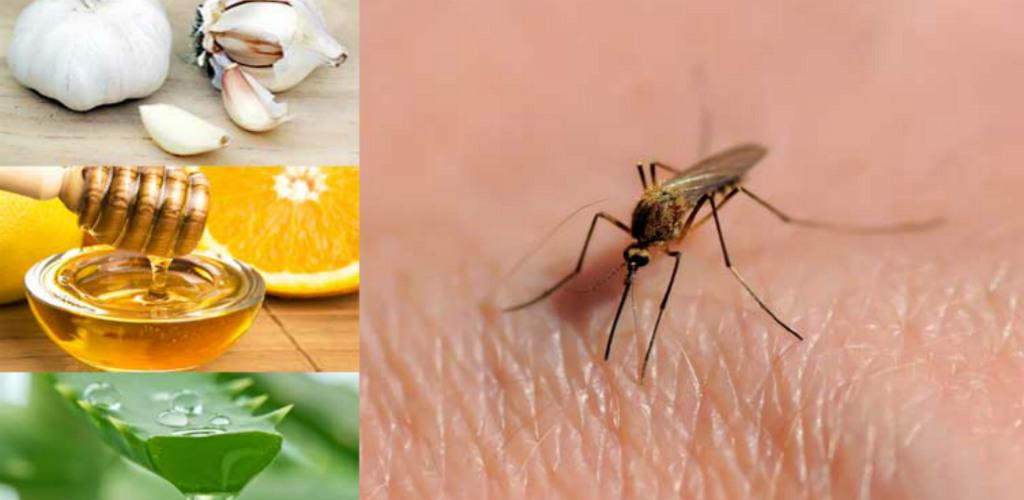
Bed bug bites vs. mosquito bites
Like mosquitoes, bed bugs feed off your blood and secrete saliva into your bloodstream. Bed bug bites look similar to mosquito bites. However, bed bug bites often exhibit a distinct line or zigzag pattern. Bed bugs are active at night, and they’ll bite your exposed skin while you’re sleeping, including your face, hands, arms, feet and legs.
If you’re suffering from bug bites over a long period, your healthcare provider can help you identify the type of bite.
Flea bites vs. mosquito bites
Fleas also feed off your blood and secrete saliva into your bloodstream. Flea bites look similar to mosquito bites and bed bug bites. Fleas travel by jumping, so their bites appear more random than bed bug and mosquito bites. You’re more likely to experience flea bites if you have dogs, cats or another pet that spends time outside.
If you’re suffering from bug bites over a long period, your healthcare provider can help you identify the type of bite.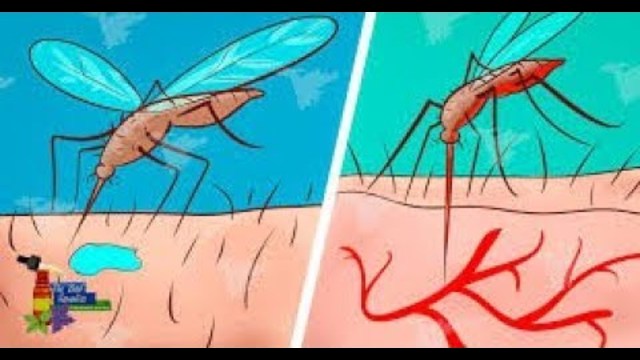
Living With
When should I see a healthcare provider?
You should see a healthcare provider if you experience an allergic reaction to a mosquito bite or develop symptoms of a disease carried by mosquitoes. If you’ve visited a region with active mosquito-transmitted diseases and develop symptoms, see your healthcare provider.
A note from Cleveland Clinic
Mosquito bites are an itchy, pesky reality when the weather is hot. In most cases, mosquito bites are ultimately harmless. But you shouldn’t scratch mosquito bites. You can relieve your itch with many over-the-counter or home remedies. Contact your healthcare provider if your bites last longer than a few days, continue to grow in number or if you develop an allergic reaction.
What They Look Like, Symptoms & Treatment
Overview
What are flea bites?
Flea bites are small, discolored bumps on your skin that come from a flea feeding on your blood.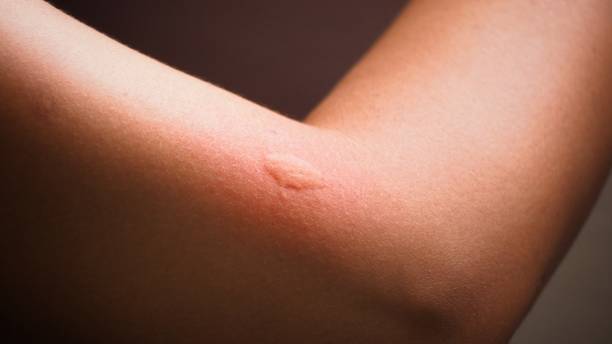
Fleas are tiny, wingless insects. They are dark brown or black and have flat bodies. They have six legs, strong claws on the bottoms of their legs that allow them to hold onto a host and mouthparts that pierce your skin and feed on your blood. Their hind legs are longer and stronger than their legs in the middle and the front, allowing them to jump over 12 inches.
There are more than 2,500 flea species in the world and more than 300 species in the United States.
Flea bites rarely cause any lasting harm. They cause mild annoyance and irritation for a short period. However, flea bites can be dangerous because they may spread diseases that can be serious or even fatal.
Where are fleas found?
Fleas are most active when the weather is warm. Outside, fleas prefer cool, damp areas with a lot of shade. They live around trees, leaves, tall grass and shrubs. Fleas hop onto animals when they walk by these areas.
On dogs, cats and other animals, fleas live around the ears, neck, back and belly (abdomen). Once inside your home, fleas may jump off an infested animal and hide. They often hide in carpet, furniture, bedding and cracks in the floor.
Once inside your home, fleas may jump off an infested animal and hide. They often hide in carpet, furniture, bedding and cracks in the floor.
Why do fleas bite?
Male and female fleas feed on blood. Female fleas lay eggs after feeding on blood. In some flea species, especially the species that commonly bother dogs and cats, baby fleas (larvae) feed on blood-rich adult flea poop (feces). Flea poop is also called flea dirt.
Do fleas bite humans?
Fleas bite humans. However, the flea species that commonly bother dogs and cats don’t live on humans. Dogs and cats have much more hair than humans. Fleas like animals with a lot of fur because fur allows them to hide easily.
What happens when a flea bites you?
Fleas have strong claws on the ends of their legs that they use to hold onto a host. Their mouthparts include a tiny needle (proboscis) that pierces your skin, sucks your blood and secretes saliva into your bloodstream.
Why do flea bites itch?
When a flea secretes saliva into your bloodstream, your body registers the saliva as an allergen.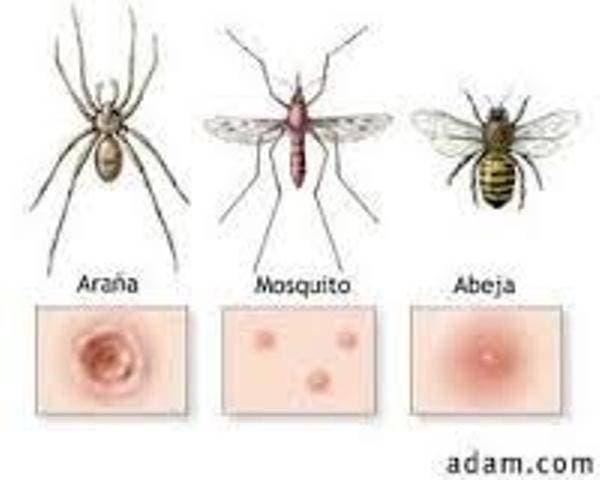 Your immune system then sends the chemical histamine to the area where the flea bit you to remove the allergen from your body. Histamine is what causes your flea bites to itch and swell. Most people have a flea bite allergy.
Your immune system then sends the chemical histamine to the area where the flea bit you to remove the allergen from your body. Histamine is what causes your flea bites to itch and swell. Most people have a flea bite allergy.
Who is at risk of being bitten by a flea?
Fleas prefer to bite animals. If there isn’t an animal in the area, fleas will bite anyone. The following factors attract fleas:
- Body heat.
- Breathing (carbon dioxide or CO2).
- Movement.
- Vibrations.
Symptoms and Causes
What do flea bites look like on humans?
After a flea bites you, a small, discolored bump forms. A discolored ring or halo may appear around the bite. Flea bites may appear in a straight line or a cluster of many bites.
Flea bites most commonly occur on your legs, especially your feet, calves and ankles. Flea bites rarely appear above your knee, unless you spend a lot of time sitting or lying down.
What causes a flea bite?
Male and female fleas bite.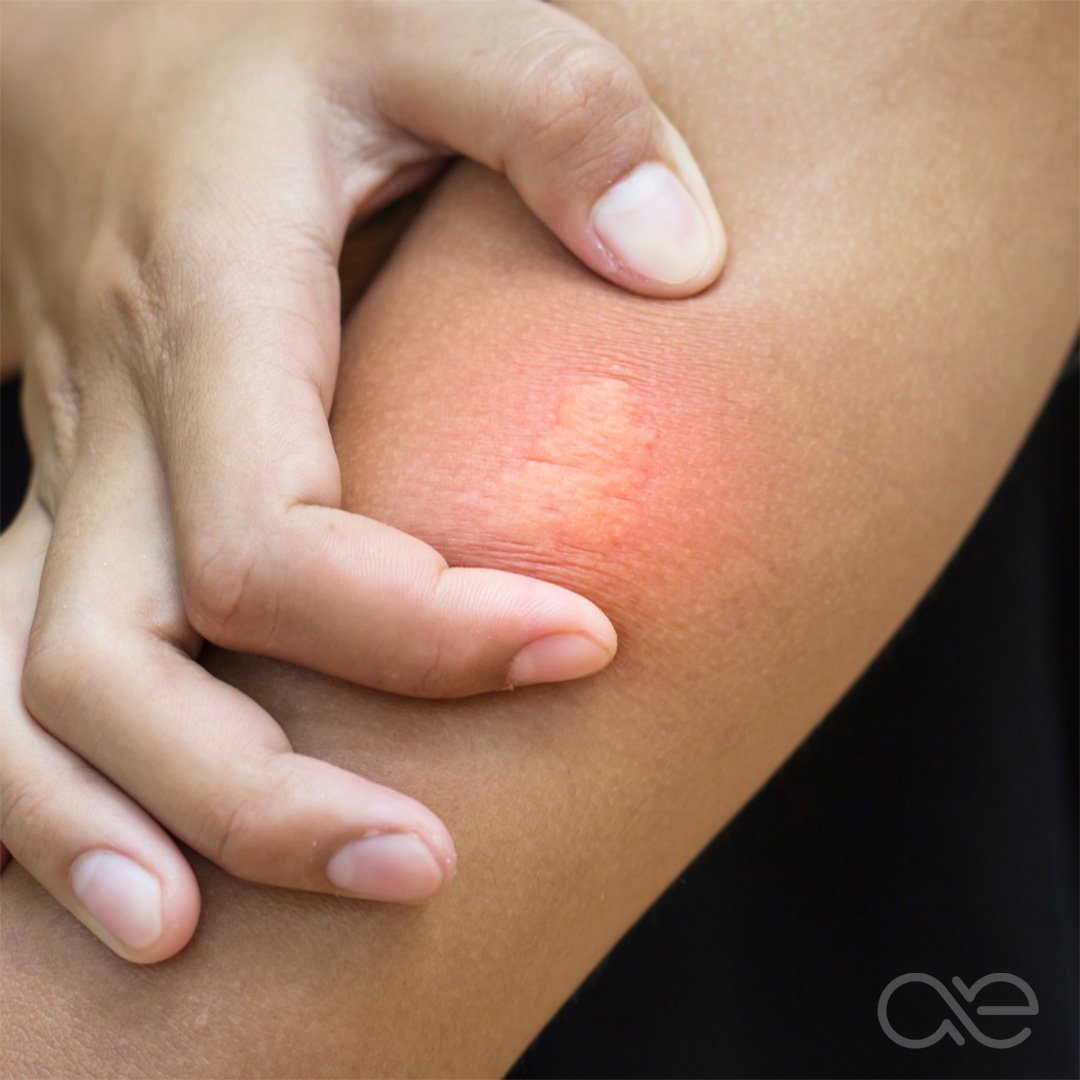 They feed on your blood as part of their diet. Female fleas lay eggs after feeding on blood. In some flea species, flea babies feed on adult flea poop, which contains blood.
They feed on your blood as part of their diet. Female fleas lay eggs after feeding on blood. In some flea species, flea babies feed on adult flea poop, which contains blood.
What are the symptoms of a flea bite?
The symptoms of a flea bite vary. If the flea has a disease or an allergic reaction occurs, the symptoms may be more severe.
Common symptoms include:
- Itchy and irritated skin.
- A discolored ring around the bite.
More severe symptoms can include:
- An allergic reaction (hives, rash, shortness of breath and swelling).
- Infection of a disease carried by a flea (fever, headache, body aches, rashes, nausea, abdominal pain, weight loss, dizziness and weakness can accompany various diseases).
Diagnosis and Tests
How can you tell if it’s a flea bite?
Flea bites are slightly more unique than other common insect bites. After a flea bites you, a small, discolored bump typically forms.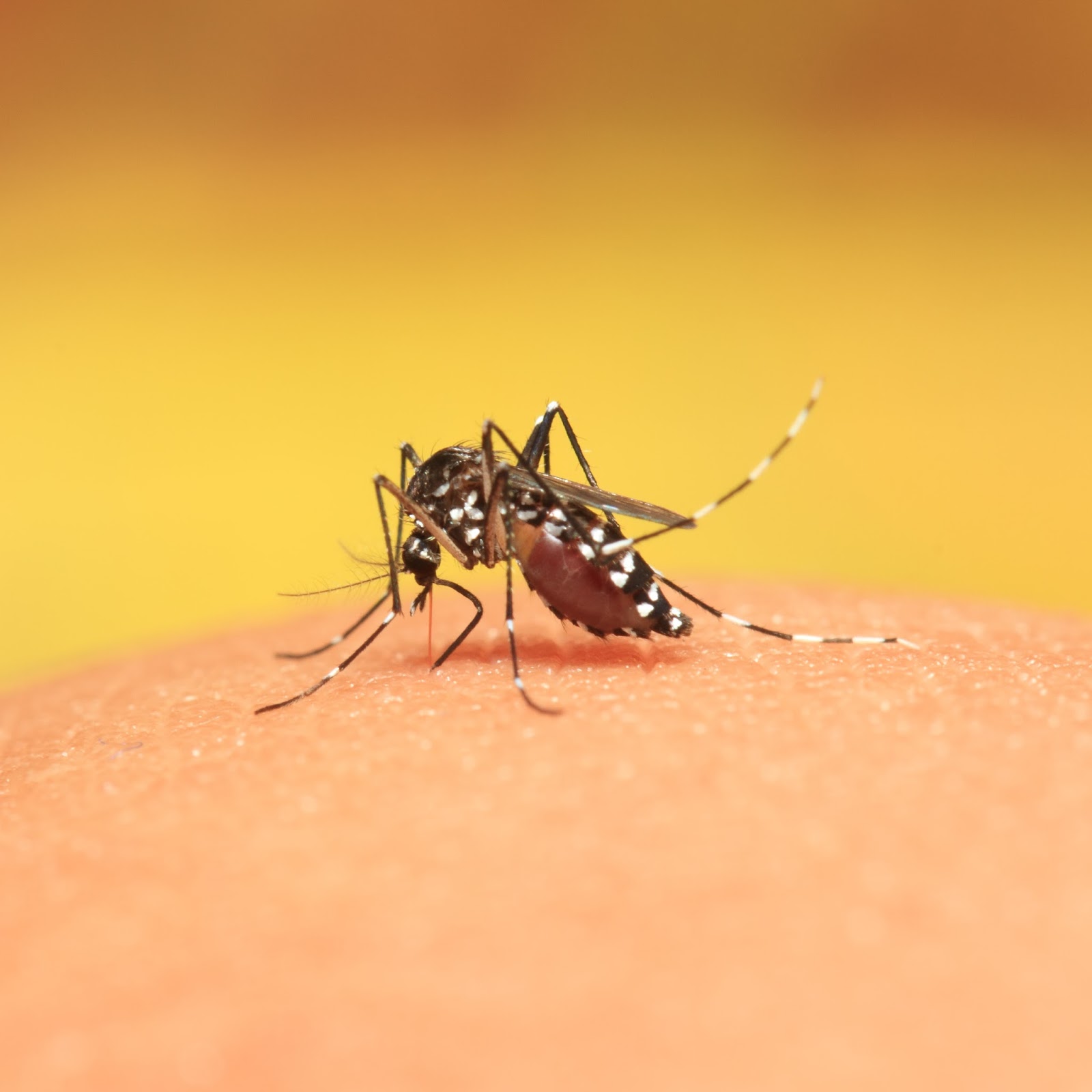 A discolored ring may form around the bite. Flea bites don’t swell to the size of mosquito bites.
A discolored ring may form around the bite. Flea bites don’t swell to the size of mosquito bites.
Flea bites are also unique because of their bite pattern and location. Flea bites often appear in a straight line or a cluster. Fleas are more likely to bite you on your legs, especially your feet, calves and ankles.
It’s important to examine your pets. If your pets are scratching more than normal and restless, it’s a good idea to check them for fleas. If your pet has fleas and you have bites on your legs, you likely have flea bites.
Management and Treatment
How are flea bites treated?
Flea bites typically don’t need treatment. Over-the-counter anti-itch creams or ointments and antihistamines can relieve itchy skin and discomfort. However, see your healthcare provider if more severe symptoms develop after a bite (allergic reaction, fever, headache or body aches).
How do I stop flea bites from itching?
Don’t scratch your flea bites. You risk breaking your skin and exposing yourself to infection. If you accidentally break your skin, keep the area clean by washing it with soap and water and covering your flea bites with a bandage. Talk to your healthcare provider if you have an infected flea bite.
You risk breaking your skin and exposing yourself to infection. If you accidentally break your skin, keep the area clean by washing it with soap and water and covering your flea bites with a bandage. Talk to your healthcare provider if you have an infected flea bite.
Flea bites only last a few days. However, there are many over-the-counter products or home remedies that can stop flea bites from itching.
Home remedies are safe for most people. However, it’s a good idea to check with your healthcare provider before trying some of the following options to get rid of your flea bites. You may be at risk of developing an allergic reaction on your skin.
- Antihistamines: Antihistamines are a popular flea bite treatment. Histamine is a chemical created by your immune system. Your body releases histamine after it encounters an allergen. Histamine is what makes flea bites itch. You can take an antihistamine as a pill, or you can apply it directly to your flea bite as a cream or ointment.

- Hydrocortisone: Hydrocortisone is a corticosteroid combined with an anesthetic pain reliever. It relieves itching and swelling. You can apply it directly to your flea bite as a cream or ointment.
- Ice: Ice can slow down the amount of blood that flows to an area. It reduces inflammation, pain, swelling and itchiness. Apply an ice pack covered in a light towel over the area for at least 10 minutes for flea bite relief.
- Aloe vera: Aloe vera is a succulent plant. The gel in its leaves contains salicylic acid, which relieves itching and pain. You can apply aloe gel directly to your flea bite.
- Chamomile tea: Chamomile tea contains dried chamomile flowers. The dried chamomile flowers contain terpenoids and flavonoids, which are natural chemicals that have antioxidant and antihistamine properties. To treat a flea bite, add a chamomile tea bag to water. Let the tea bag steep for at least 20 minutes until the water is a rich gold-brown color.
 Remove the tea bag from the water and squeeze the tea bag to remove excess water. Press the tea bag to your flea bites for at least 10 minutes, and then wipe your bites with a clean towel. Put the wet tea bag in a container in your refrigerator so that you can reuse it on your bites throughout the day.
Remove the tea bag from the water and squeeze the tea bag to remove excess water. Press the tea bag to your flea bites for at least 10 minutes, and then wipe your bites with a clean towel. Put the wet tea bag in a container in your refrigerator so that you can reuse it on your bites throughout the day. - Honey: Honey has many properties that relieve itching and pain. Honey contains an enzyme called catalase, which provides relief for minor inflammation. Put on enough unprocessed honey to lightly cover your flea bites. To avoid accidentally creating a sticky mess, you can also put a bandage on top of your honey-covered flea bites.
- Oatmeal: Oatmeal contains gluten, which can soothe itchy flea bites. The best way to use oatmeal to treat your flea bites is to grind it into a fine powder (colloidal oatmeal) in a blender or food processor. Mix the oatmeal powder with warm water until it becomes a thick, sticky paste. Apply enough of the oatmeal paste to completely cover your flea bites.
 After at least 10 minutes, wipe off the paste with a clean towel.
After at least 10 minutes, wipe off the paste with a clean towel.
Prevention
How do I stop getting bitten by fleas?
To stop flea bites, you must get rid of the fleas. Fleas are more likely to bite your pet. Check your pet for fleas around their ears, neck, back, and belly. Part your pet’s fur and look around its skin. If you find fleas, here are some removal options:
- Flea comb: The tines on a flea comb are very close together. When you brush your pet’s fur, fleas get stuck in the tines. If you see fleas in the comb, dunk the comb in a bowl of soapy water.
- Flea shampoo: Soak your pet in warm water and thoroughly apply a flea shampoo. Avoid getting shampoo in your pet’s eyes and mouth.
- Medicine: Give your pet over-the-counter or prescription flea medicines. Some medicines are oral (taken by mouth). Other medicines are topical (put on the skin).
- Wash the bedding: Wash your pet’s bedding in hot water every few days.
 Wash your bedding in hot water, too, especially if your pet sleeps with you. Dry the bedding on the highest heat setting.
Wash your bedding in hot water, too, especially if your pet sleeps with you. Dry the bedding on the highest heat setting. - Vacuum: Use a strong vacuum to thoroughly clean your carpets, rugs and fabric furniture. When you finish, immediately empty the vacuum’s contents into a bag, seal it and throw it away outside.
Bed bug bites vs. flea bites
Like fleas, bed bugs feed off your blood and secrete saliva into your bloodstream. Bed bug bites look similar to flea bites. However, bed bug bites often exhibit a distinct line or zigzag pattern. Bed bugs are active at night, and they’ll bite your exposed skin while you’re sleeping, including your face, hands, arms, feet and legs.
Flea bites vs. mosquito bites
Mosquitos are small, flying insects. They also feed off your blood and secrete saliva into your bloodstream. Mosquito bites look a little different than flea bites. After a mosquito bites you, a small, raised bump forms. The raised bump may change colors, and you can sometimes see a small, dark spot in the center.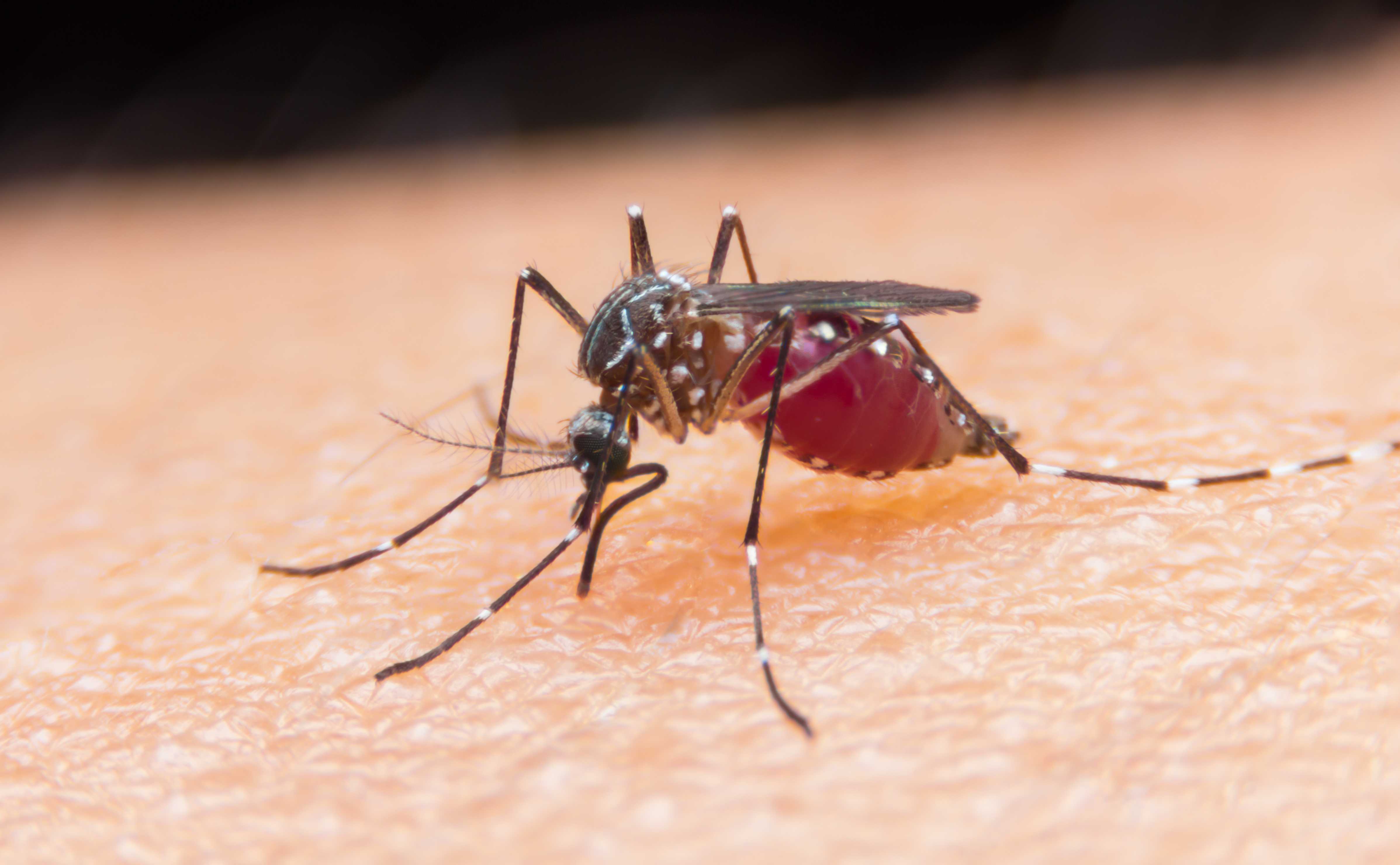 The dark spot is where the bite occurred.
The dark spot is where the bite occurred.
Living With
How do fleas spread disease?
Fleas spread disease through their bites. Fleas are vectors (living things that carry diseases between animals and humans). Vectors often carry infections through blood. Many of the creatures classified as vectors are bloodsuckers. Other vectors include ticks, mosquitoes and sandflies.
In rare cases, fleas can spread tapeworms and other parasites to animals and people. Parasites can spread if a person or animal were to swallow an infected flea accidentally. In houses with a flea infestation, young children are more likely to get a parasite than adults. Young children spend more time on the floor, and fleas like to hide in carpets and cracks.
What types of diseases can be spread by flea bites?
Fleas sometimes carry diseases that can infect humans. Some of those diseases include:
Plague
Plague most commonly affects small rodents in Africa, Asia, North America and South America. Most human cases of plague in the United States occur in the western part of the country, especially in rural New Mexico, Arizona, Colorado, Utah, California, Oregon and Nevada. Infected fleas can transmit plague to humans. Humans can also get plague after handling an infected animal. Symptoms of plague include:
Most human cases of plague in the United States occur in the western part of the country, especially in rural New Mexico, Arizona, Colorado, Utah, California, Oregon and Nevada. Infected fleas can transmit plague to humans. Humans can also get plague after handling an infected animal. Symptoms of plague include:
- Flu-like symptoms like fever, aches and chills.
- Low blood pressure.
- Bleeding under the skin or other organs.
- Weakness.
- Shortness of breath.
- Pain in the chest and/or abdomen.
- Nausea and/or vomiting.
Endemic murine typhus
Endemic murine typhus commonly occurs in warm coastal areas in tropical and subtropical regions. Most cases in the United States occur in southern California and Texas. Infected fleas transmit endemic murine typhus to humans through flea poop. Infected flea poop enters your body through broken skin — typically from scratching a flea bite — or by inhaling it through your mouth or nose. Symptoms of endemic murine typhus include:
Symptoms of endemic murine typhus include:
- General discomfort.
- Headache.
- Pain in your muscles and/or joints.
- Nausea and/or vomiting.
- Fever and/or chills.
- Rash.
- Cough.
Cat Scratch Disease (CSD)
CSD commonly occurs throughout the world. In moderate climates, more cases occur during the fall and winter seasons. In tropical climates, cases occur throughout the year. Fleas pass on the bacteria _Bartonella _to cats. Fleas can sometimes pass the bacteria to dogs or other animals. Infected cats also pass the bacteria during fights with other cats. Cats — especially kittens — pass the infection to humans through a bite or scratch. Symptoms of CSD include:
- A small, discolored blister or pimple near the scratch or bite.
- Swollen, painful lymph nodes.
- General discomfort.
- Fever.
- Night sweats.
- Weight loss.
Parasites
Tapeworm larvae and the larvae of other parasites sometimes infect fleas. Infected fleas can spread parasites to animals and humans. Animals and humans must swallow an infected flea to acquire a parasite. Animals may swallow an infected flea while grooming. Humans rarely acquire parasites from infected fleas. Most cases involve children, who spend more time on the ground around places where fleas hide. Symptoms of parasites include:
Infected fleas can spread parasites to animals and humans. Animals and humans must swallow an infected flea to acquire a parasite. Animals may swallow an infected flea while grooming. Humans rarely acquire parasites from infected fleas. Most cases involve children, who spend more time on the ground around places where fleas hide. Symptoms of parasites include:
- Nausea.
- Weakness.
- Weight loss.
- Abdominal pain.
- Dizziness.
- Headache.
When should I see a healthcare provider?
You should see a healthcare provider if you experience an allergic reaction to flea bites or develop symptoms of a disease or parasite carried by fleas.
A note from Cleveland Clinic
Flea bites are an itchy, annoying problem for you and your pets. In most cases, flea bites are ultimately harmless. But you shouldn’t scratch your flea bites. You can relieve your itch with many over-the-counter or home remedies. Contact your healthcare provider if your bite symptoms last longer than a few days or if you develop an allergic reaction or other symptoms.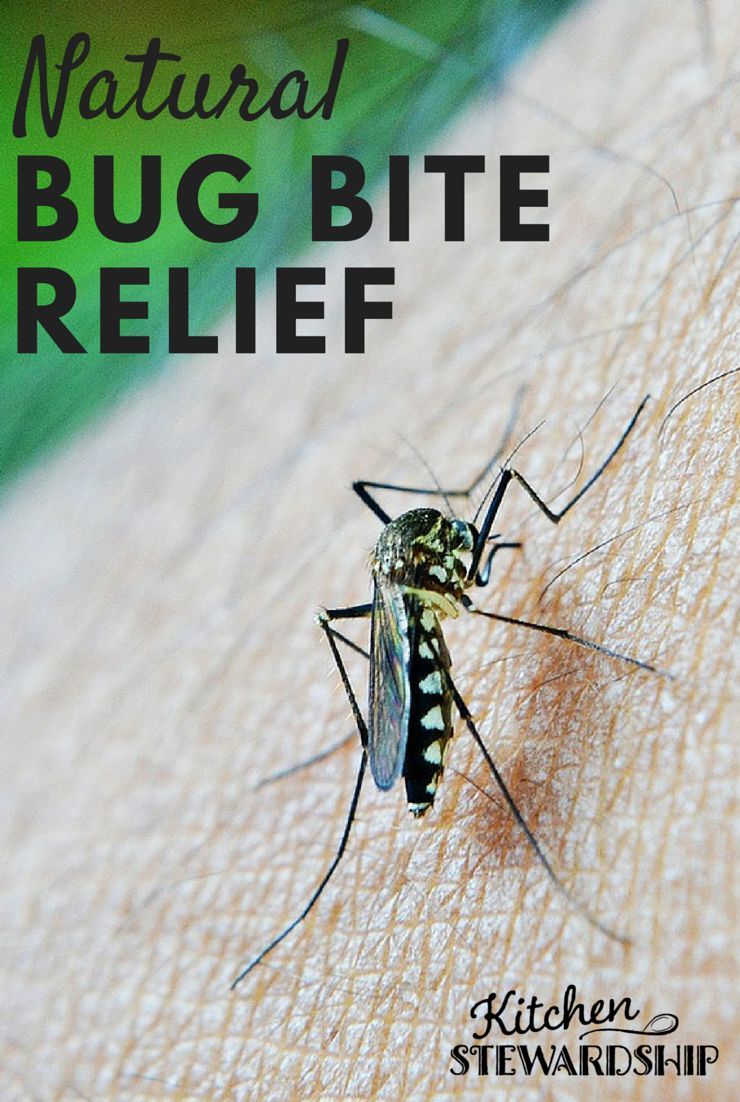
Hives (Urticaria) in Children – HealthyChildren.org
Hives, also known as urticaria, are pink or red bumps in the skin. They are sometimes described as welts. Hives usually appear out of the blue without warning. Each hive tends to flatten out over a few hours, but new bumps can continue to appear for several days or longer.
What do hives look like?
They can be small and round red bumps or larger swellings of all different shapes. Sometimes they are even ring or donut-shaped or shaped like a target. The rings may have normal skin in the middle, or look purplish or bruise-like. Sometimes this purple patch will last longer than the hive itself. Hives are usually itchy. Hives can appear anywhere on the body.
It is common for young children with hives to also get swelling of the hands and feet. This can be uncomfortable, and can cause the child to be fussy and unhappy.
Clockwise from top left: hives (urticaria) on trunk, leg, arms and feet.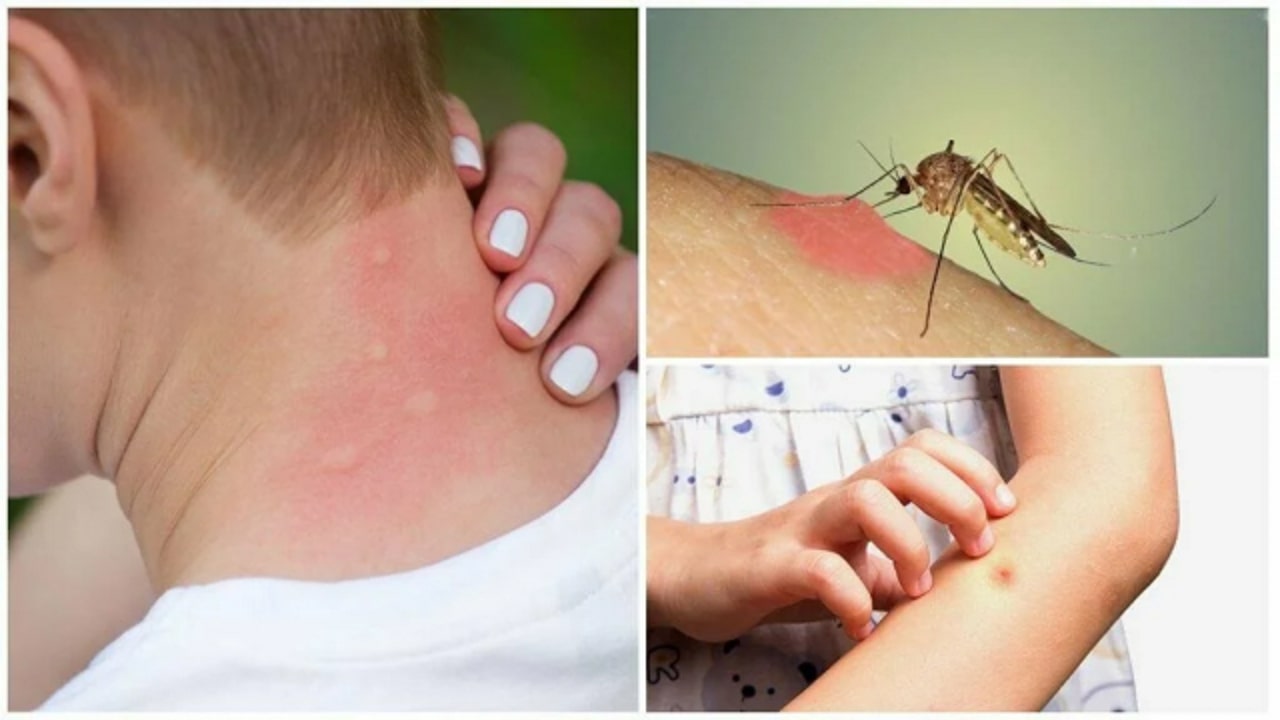
Who gets hives?
Children and adults of any age can get hives. Hives are very common. 15-20% of people will get hives at some time in their lives.
What causes hives?
Hives are a reaction to lots of different triggers. Minor infections from viruses are a common cause of hives in young children. Often the child seems well and has no or very few other sick symptoms before the hives begin.
Other things that can cause hives include: foods, medicines, additives to foods and vitamins such as color dyes, other kinds of minor infections such as dental infections, and in some cases even exercise, stress, sunlight, ice or other cold things touching the skin, or very rarely other underlying illnesses. In up to a third of cases, however, a specific cause for hives cannot be found.
How long do hives last?
In most children, outbreaks of hives will end within 2 weeks. Occasionally the hives can keep coming for weeks to months.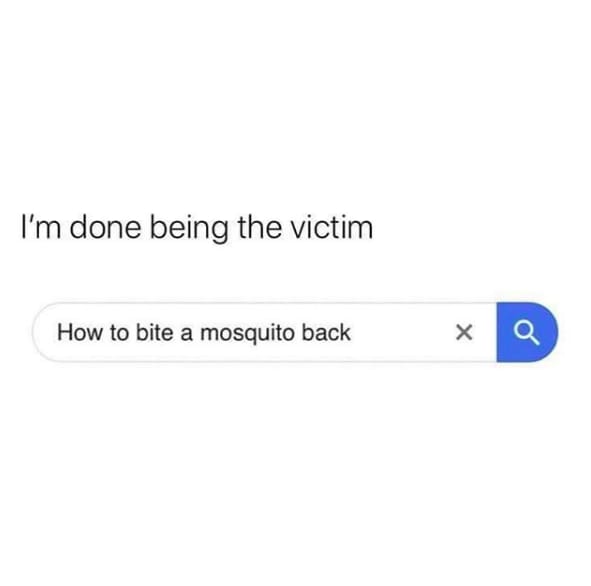
How are hives diagnosed?
Hives are usually easily recognized when seen by a healthcare provider. In most cases, there are no good tests to figure out why a child has hives. If outbreaks of hives are lasting for many weeks, further testing may be recommended depending on if the child has any other symptoms.
Treatment for Hives
If there is a known trigger for the hives, it should be avoided. As mentioned above, most cases of hives in children don’t have a clear trigger that you can avoid.
Antihistamines are the main treatment for hives. Your healthcare provider may recommend over-the-counter cetirizine, loratadine or fexofenadine during the daytime because they do not cause sleepiness. Over-the-counter diphenhydramine may be recommended at night. These medications work best when taken on a regular schedule each day to keep the hives from coming back.
Your doctor may prescribe other treatments for hives that don’t respond to antihistamines.

When should I be worried about hives?
Let a doctor know right away and go to the nearest emergency room if your child has swelling or tingling of the mouth, tongue or throat, trouble breathing, trouble swallowing, and/or vomiting with the hives. These symptoms need emergency care.
More information
*Images provided by Sheilagh Maguiness, MD, FAAD, FAAP
The information contained on this Web site should not be used as a substitute for the medical care and advice of your pediatrician. There may be variations in treatment that your pediatrician may recommend based on individual facts and circumstances.
Difference Between Hives and Bug Bites
Posted by Ranidu
Key Difference – Hives
vs Bug Bites
Skin manifestations and changes are the usual things that we see after an insect bite. The most common thing that happens is the appearance of erythematous, bumpy lesions on the skin which are itchy most of the time. These lesions are called the hives or urticaria. Accordingly, hives themselves are not a disease but are a manifestation of an underlying pathological change that takes place within the body. Likewise, hives appear as a manifestation in bug bites also. This is the key difference between hives and bug bites.
The most common thing that happens is the appearance of erythematous, bumpy lesions on the skin which are itchy most of the time. These lesions are called the hives or urticaria. Accordingly, hives themselves are not a disease but are a manifestation of an underlying pathological change that takes place within the body. Likewise, hives appear as a manifestation in bug bites also. This is the key difference between hives and bug bites.
CONTENTS
1. Overview and Key Difference
2. What are Hives
3. What are Bug Bites
4. Side by Side Comparison – Hives vs Bug Bites in Tabular Form
5. Summary
What are Hives (Urticaria)?
The sudden appearance of erythematous and edematous bump like lesions on the skin is known as hives or urticaria.
These lesions can appear anywhere on the skin and can give rise to pruritus or a burning sensation. The size of hives varies, but on some occasions, they can merge to form larger lesions called the plaques. Usually, hives are a self-limiting condition where the individual lesions disappear within a day. Despite the disappearance of already existing lesions new ones continue to appear depending on the underlying aetiology.
Usually, hives are a self-limiting condition where the individual lesions disappear within a day. Despite the disappearance of already existing lesions new ones continue to appear depending on the underlying aetiology.
Causes
The release of histamine plays a key role in the pathogenesis of urticarial rashes.
- Allergic and hypersensitivity reactions
- Adverse effects of various drugs such as NSAIDS and ACE inhibitors
The variety of hives lasting for less than six weeks is called the acute hives. If it lasts for more than six weeks that is identified as chronic hives.
Main Types of Urticaria
Figure 01: Main Types of Urticaria
There is a variant of urticaria called the angioedema that predominantly affects the subcutaneous tissues. Therefore, the erythema and the concomitant edema are less pronounced.
Investigations
A good clinical history is usually sufficient to identify the underlying disease.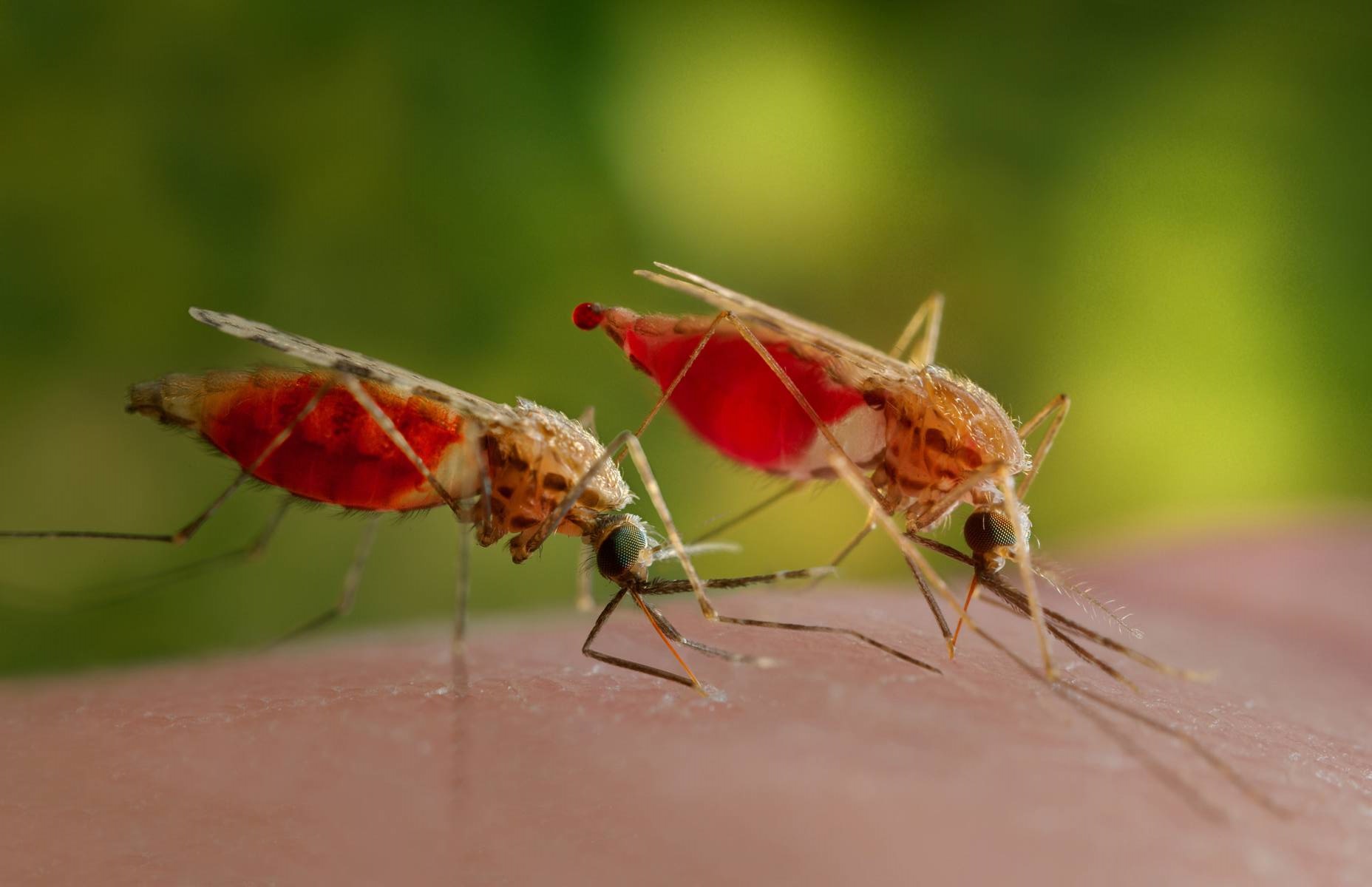 But in case of an abnormal presentation following tests can be performed.
But in case of an abnormal presentation following tests can be performed.
Figure 02: Hives
Treatment
The management of urticaria varies according to the aetiology. The common measures and procedures followed in treating this condition includes
- Avoiding the exposure to allergens and environmental conditions that trigger urticaria
- Use of antihistamines
- Wearing protective clothing
What are Bug Bites?
Been bitten by a bug is a common thing that happens so often in our daily life. But for some people, this can give some troublesome symptoms, and occasionally hospitalisations are also required.
Clinical Features of Bug Bites
- Minor swelling at the site of bite
- Mild pain
- Itching
In most of the cases, these symptoms last for only a few hours.
Rarely people can develop anaphylactic reactions which are characterised by the following clinical features.
- Cough and wheezing
- Dyspnea
- Swelling of the face, lips, etc.
- Nausea and diarrhoea
- Appearance of hives and erythema on the skin
Figure 03: Bug Bites
Medical attention is required only when the patient develops signs of anaphylactic shock that are mentioned above.
What is the Difference Between Hives and Bug Bites?
Hives vs Bug Bites | |
| The sudden appearance of erythematous and edematous bump like lesions on the skin is known as hives or urticaria. | For some people, bug bite can give some troublesome symptoms, and occasionally hospitalisation is required. |
| Clinical Features | |
| Hives are a clinical feature of many underlying disease conditions. | Hives can appear in bug bites too. |
Summary – Hives
vs Bug Bites
Bug bites can give rise to hives which are erythematous and edematous bump like lesions on the skin. Accordingly, hives are a manifestation of bug bites and not a disease themselves. This can be highlighted as the difference between hives and bug bites.
Accordingly, hives are a manifestation of bug bites and not a disease themselves. This can be highlighted as the difference between hives and bug bites.
Download the PDF Version of Hives vs Bug Bites
You can download PDF version of this article and use it for offline purposes as per citation note. Please download PDF version here Difference Between Hives and Bug Bites
Reference:
1.Buxton, Paul K. ABC of dermatology. London: BMJ, 2007
Image Courtesy:
1.’Urticaria’By BruceBlaus – Own work, (CC BY-SA 4.0) via Commons Wikimedia
2.’Bedbugb1’By James Heilman, MD – Own work, (CC BY-SA 3.0) via Commons Wikimedia
Bug Bite or Sting (Pediatric) in an Infant or a Baby: Condition, Treatments, and Pictures for Parents – Overview
53973
32
Information for
InfantChild
caption goes here…
Images of Bite or Sting, Arthropod (Pediatric)
Overview
As one of the most frequent causes for visits to the doctor’s office, insect bites and/or stings are quite common among infants.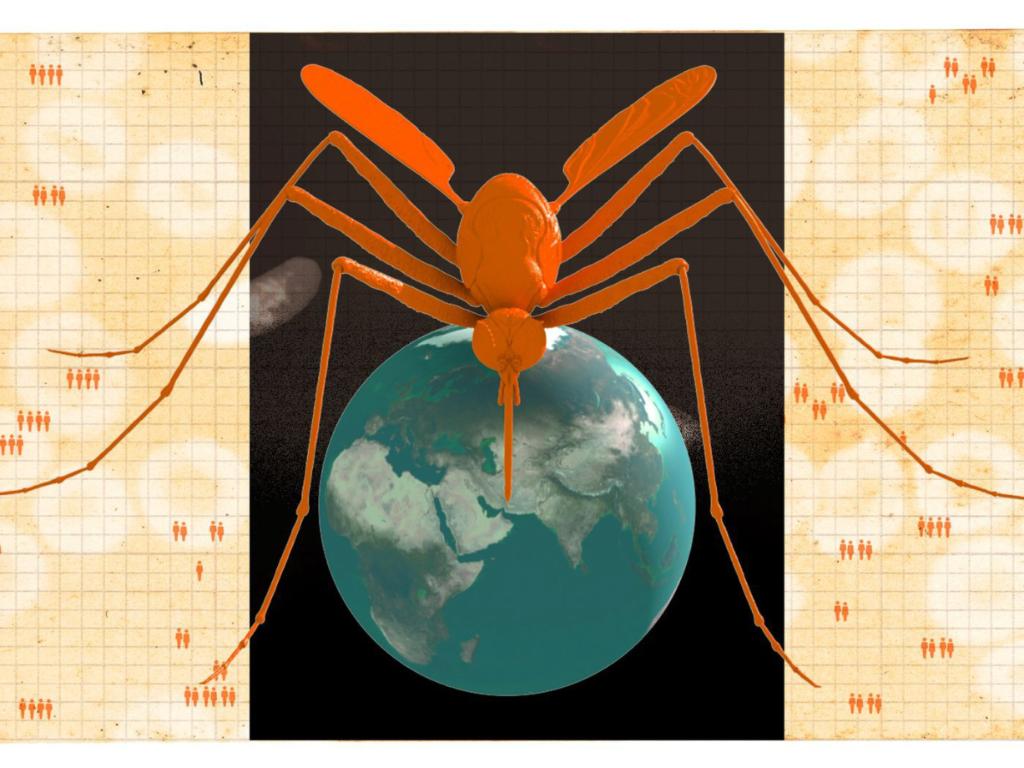 While bites and stings on an infant are typically just an inconvenience, some reactions can be life threatening. The severity of an insect bite will vary from child to child, and only a small minority of infants develops this severe reaction (anaphylaxis).
While bites and stings on an infant are typically just an inconvenience, some reactions can be life threatening. The severity of an insect bite will vary from child to child, and only a small minority of infants develops this severe reaction (anaphylaxis).
It is important to get immediate medical attention for a severe reaction to a bite or sting, such as those that may occur with stings from bees, wasps, and hornets. Most insects (such as ants, mosquitoes, flies, spiders, ticks, and mites) do not cause such a severe reaction.
A bee will occasionally leave behind a stinger attached to a venom sac. It is important to try and remove it as soon as possible. Wasps, on the other hand, do not leave their stingers in the skin after stinging, which means they can sting more than once.
Who’s at risk?
Infants of both sexes are just as likely to get stung. While an infant may be seriously affected by an insect bite, it is not always true that other family members will be equally affected by the same type of bite.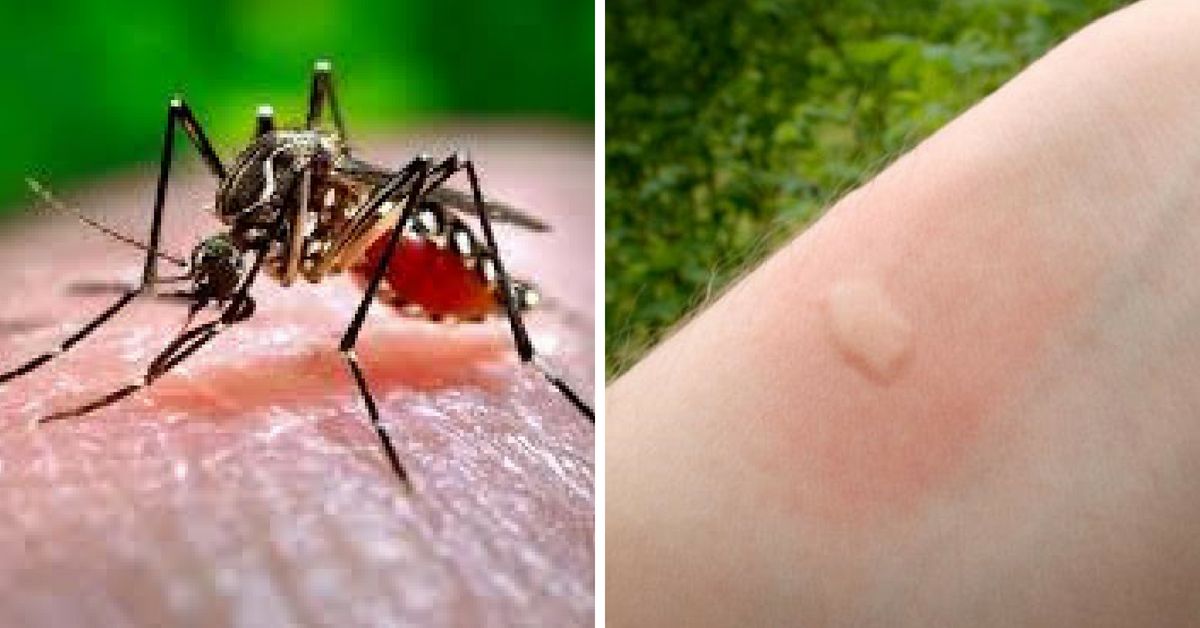 Heredity does not play a factor in how any given person will react to a bite or sting.
Heredity does not play a factor in how any given person will react to a bite or sting.
Signs and Symptoms
Insect bites usually appear as small, itchy, red bumps, occasionally with a blister. Infants may be more prone to developing a blister than older children. Some insects, such as fire ants, can cause a painful and itching raised area containing pus (a pustule).
Flying insects tend to bite exposed areas not covered by clothing, while some bugs (such as fleas) focus on the lower legs. Bedbugs prefer the head and neck area, often biting several times in the same area and leaving a group of lesions.
Common reactions to arthropod stings may include:
- Redness, pain, and swelling
- Severe reactions such as facial swelling, difficulty breathing, and shock
(anaphylaxis) - Fever, hives, and painful joints (though these reactions are not as common)
Very few spiders cause severe reactions. The black widow spider may cause only a mild reaction at the bite site, but pain, stiffness, chills, fever, nausea, and abdominal pain may follow within a few hours. Similarly, the bite of a brown recluse spider may cause a severe skin reaction after a few hours, with redness, pain, blistering, and ulcers forming, as well as fever, nausea, and fatigue.
Similarly, the bite of a brown recluse spider may cause a severe skin reaction after a few hours, with redness, pain, blistering, and ulcers forming, as well as fever, nausea, and fatigue.
Self-Care Guidelines
For stings:
- Bees may leave a stinger behind. Try to gently scrape the stinger off with a blunt object, such as a credit card.
- Wash the wound with soap and water.
- Apply an ice pack or cold water for a few minutes.
- Take acetaminophen (Tylenol®) for pain and an antihistamine (diphenhydramine or chlorpheniramine) for itching, as needed.
For insect bites:
- Wash with soap and water.
- Apply cool compresses.
- Use antihistamines to relieve itching and take acetaminophen (Tylenol®) for pain.
- Apply 1% hydrocortisone cream to help reduce the itching.
For ticks (still attached):
- Using tweezers, grasp the tick as near the skin as possible, and pull firmly
until it releases.
- Swab the area with alcohol or soap and water.
- Save the tick for identification, if needed.
- Wash the area with soap and water, and then apply 1% hydrocortisone in case a reaction occurs.
When to Seek Medical Care
Some insect (arthropod) bites/stings are more dangerous than others. If you suspect your child might have a black widow or brown recluse spider bite, apply ice to the area and seek medical assistance immediately.
Symptoms of these bites include:
- A deep blue or purple area around the bite, often with a surrounding white
area and a red outer ring - Abdominal pain
- Headache
- Fever
- Fatigue
- Nausea
- Muscle stiffness
If the area of a tick bite becomes red or swollen, or if the affected area spreads outward, seek medical help to check for Lyme disease.
When dealing with stings, watch out for symptoms such as:
- Hives, itching, or swelling in areas beyond the sting site
- Swelling of the lips or throat
- Tightness in the chest or difficulty breathing
- Hoarse voice or tongue swelling
- Dizziness or loss of consciousness
Treatments Your Physician May Prescribe
Depending on the type of insect bite and how your child reacts to it, your child’s doctor might treat him or her in a number of ways.
For insect bites:
- Prescription topical corticosteroids
- Muscle relaxants
- Pain medicines
- An antidote against the specific toxin (antivenin)
- Antibiotics
- Sometimes surgery at the affected area, if the insect bite is severe
For stings:
- Antihistamines or corticosteroids
- Epinephrine
- Antihistamines
- Corticosteroids
- Injected (intravenous) fluids and oxygen for shock (anaphylaxis)
- Injectable epinephrine if your child is known to have severe allergic reactions
- Procedures to stimulate the immune system (immunotherapy) to reduce the chance of repeated severe reactions
Trusted Links
Clinical Information and Differential Diagnosis of Bite or Sting, Arthropod (Pediatric)
References
Bolognia, Jean L., ed. Dermatology, pp.405. New York: Mosby, 2003.
Freedberg, Irwin M., ed. Fitzpatrick’s Dermatology in General Medicine.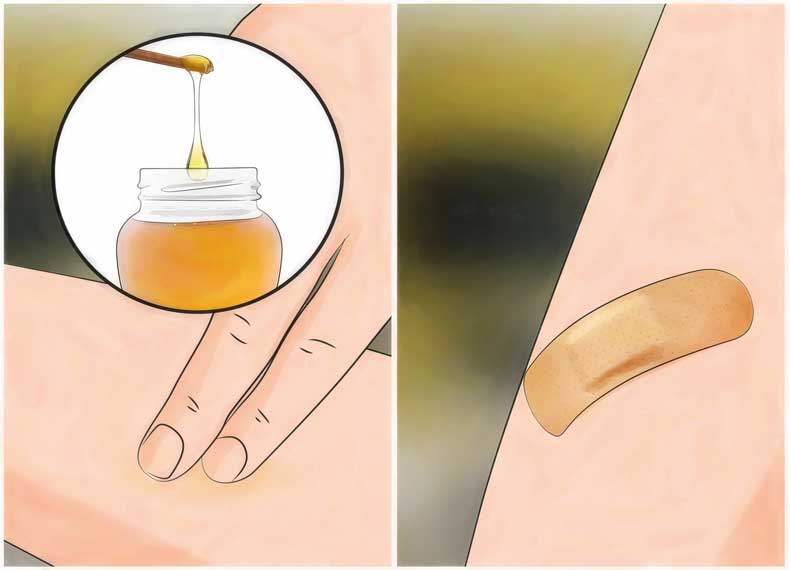 6th ed. pp.2289, 2291, 2295-2298. New York: McGraw-Hill, 2003.
6th ed. pp.2289, 2291, 2295-2298. New York: McGraw-Hill, 2003.
Overview, Etiology and Pathophysiology, Clinical Evaluation
Stibich AS, Schwartz RA. Papular urticaria. Cutis. 2001 Aug. 68(2):89-91. [Medline].
Altraide DD, George IO, Frank-Briggs AI. Prevalence of skin diseases in Nigerian children–(the University of Port Harcourt Teaching Hospital) experience. Niger J Med. 2008 Oct-Dec. 17(4):417-9. [Medline].
Del Pozzo-Magaña BR, Lazo-Langner A, Gutiérrez-Castrellón P, Ruiz-Maldonado R. Common Dermatoses in Children Referred to a Specialized Pediatric Dermatology Service in Mexico: A Comparative Study between Two Decades. ISRN Dermatol. 2012. 2012:351603. [Medline]. [Full Text].
Sacchidanand S, Sahana MS, Asha GS, Shilpa K.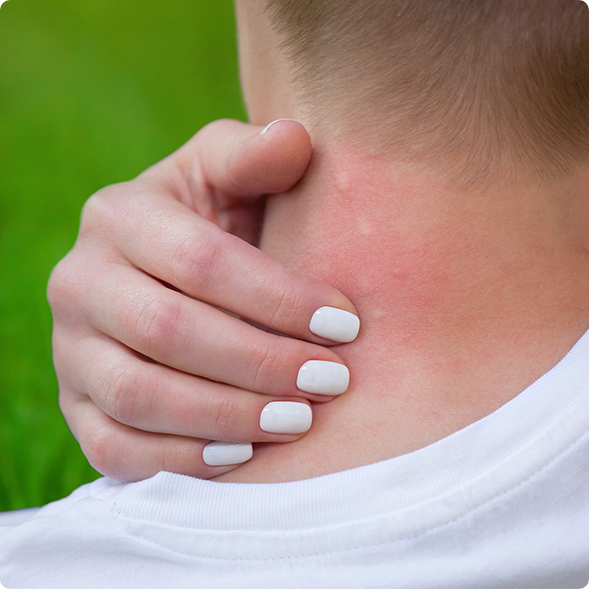 Pattern of pediatric dermatoses at a referral centre. Indian J Pediatr. 2014 Apr. 81(4):375-80. [Medline].
Pattern of pediatric dermatoses at a referral centre. Indian J Pediatr. 2014 Apr. 81(4):375-80. [Medline].
Oninla OA, Oninla SO, Onayemi O, Olasode OA. Pattern of paediatric dermatoses at dermatology clinics in Ile-Ife and Ilesha, Nigeria. Paediatr Int Child Health. 2016 May. 36 (2):106-12. [Medline].
Lozano AM, López JF, Zakzuk J, García E. Papular urticaria: A review of causal agents in Colombia. Biomedica. 2016 Dec 1. 36 (4):632-645. [Medline].
García E, Halpert E, Borrero E, Ibañez M, Chaparro P, Molina J, et al. Prevalence of skin diseases in children 1 to 6 years old in the city of Bogota, Colombia. World Allergy Organ J. 2020 Dec. 13 (12):100484. [Medline].
Steen CJ, Carbonaro PA, Schwartz RA. Arthropods in dermatology.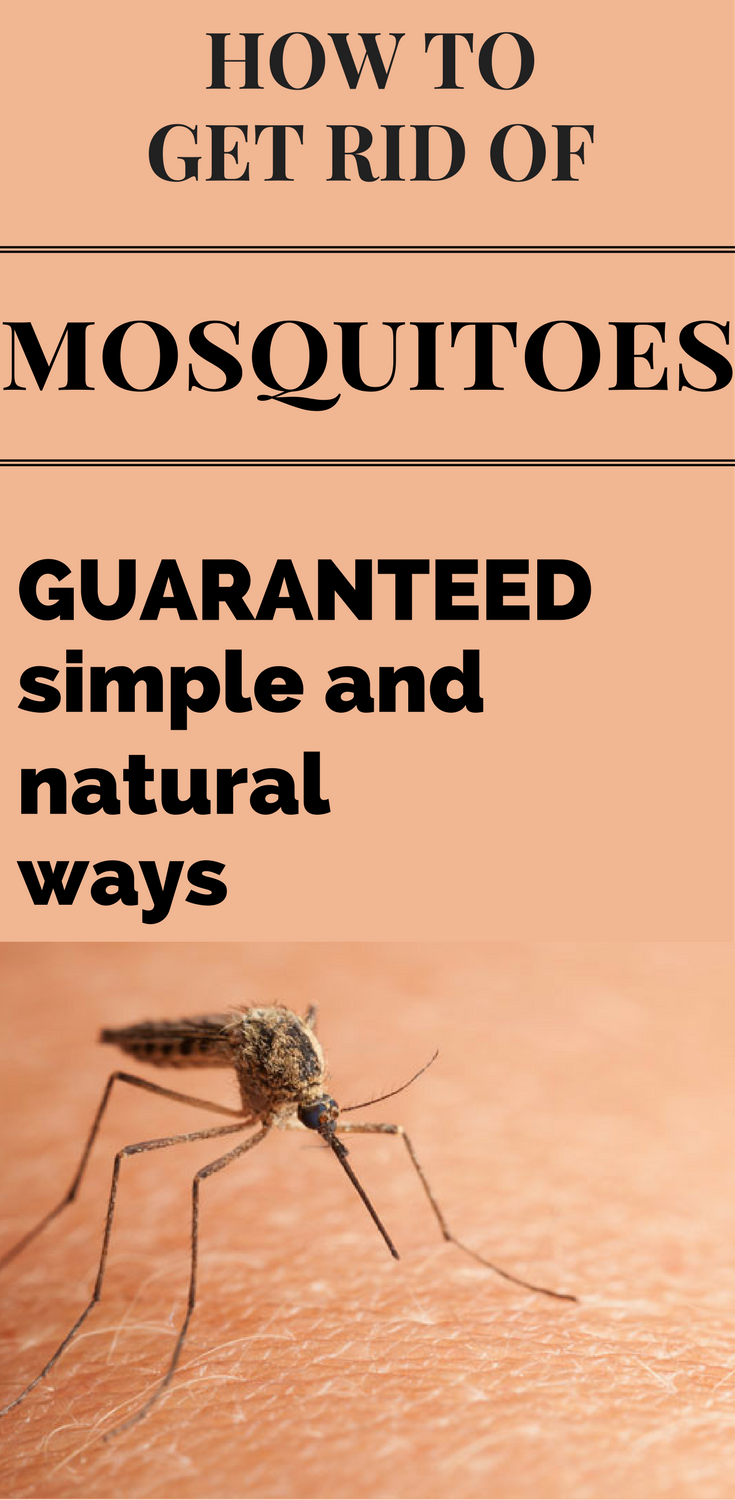 J Am Acad Dermatol. 2004 Jun. 50(6):819-42, quiz 842-4. [Medline].
J Am Acad Dermatol. 2004 Jun. 50(6):819-42, quiz 842-4. [Medline].
Howard R, Frieden IJ. Papular urticaria in children. Pediatr Dermatol. 1996 May-Jun. 13(3):246-9. [Medline].
Lewis-Jones MS. Papular urticaria caused by Dermestes maculatus Degeer. Clin Exp Dermatol. 1985 Mar. 10(2):181. [Medline].
Garcia E, Halpert E, Rodriguez A, Andrade R, Fiorentino S, Garcia C. Immune and histopathologic examination of flea bite-induced papular urticaria. Ann Allergy Asthma Immunol. 2004 Apr. 92(4):446-52. [Medline].
Cuellar A, Rodriguez A, Rojas F, Halpert E, Gomez A, Garcia E. Differential Th2/Th3 balance in peripheral blood lymphocytes from patients suffering from flea bite-induced papular urticaria. Allergol Immunopathol (Madr). 2009 Jan-Feb. 37(1):7-10. [Medline].
2009 Jan-Feb. 37(1):7-10. [Medline].
Burns DA. Papular urticaria produced by the mite Listrophorus gibbus. Clin Exp Dermatol. 1987 May. 12(3):200-1. [Medline].
Yoshikawa M. Skin lesions of papular urticaria induced experimentally by Cheyletus malaccensis and Chelacaropsis sp. (Acari: Cheyletidae). J Med Entomol. 1985 Jan 18. 22(1):115-7. [Medline].
Jordaan HF, Schneider JW. Papular urticaria: a histopathologic study of 30 patients. Am J Dermatopathol. 1997 Apr. 19(2):119-26. [Medline].
Demain JG. Papular urticaria and things that bite in the night. Curr Allergy Asthma Rep. 2003 Jul. 3(4):291-303. [Medline].
Hossler EW. Caterpillars and moths: Part II. Dermatologic manifestations of encounters with Lepidoptera. J Am Acad Dermatol. 2010 Jan. 62(1):13-28; quiz 29-30. [Medline].
J Am Acad Dermatol. 2010 Jan. 62(1):13-28; quiz 29-30. [Medline].
Bronstein DE, Cotliar J, Votava-Smith JK, Powell MZ, Miller MJ, Cherry JD. Recurrent papular urticaria after varicella immunization in a fifteen-month-old girl. Pediatr Infect Dis J. 2005 Mar. 24(3):269-70. [Medline].
Naimer SA, Cohen AD, Mumcuoglu KY, Vardy DA. Household papular urticaria. Isr Med Assoc J. 2002 Nov. 4(11 Suppl):911-3. [Medline].
Lembo S, Panariello L, d’Errico FP, Lembo G. Professional’s and non-professional’s papular urticaria caused by Scleroderma domesticum. Contact Dermatitis. 2008 Jan. 58(1):58-9. [Medline].
Bianchi L, Hansel K, Tramontana M, Principato M, Moretta I, Principato S, et al. Occupational papular urticaria due to Pyemotes ventricosus in antique dealers. Contact Dermatitis. 2020 Mar. 82 (3):181-183. [Medline].
Contact Dermatitis. 2020 Mar. 82 (3):181-183. [Medline].
Corazza M, Tassinari M, Pezzi M, Ricci M, Borghi A, Minghetti S, et al. Multidisciplinary Approach to Pyemotes ventricosus Papular Urticaria Dermatitis. Acta Derm Venereol. 2014 Feb 26. 94(2):248-249. [Medline].
Heng MC, Kloss SG, Haberfelde GC. Pathogenesis of papular urticaria. J Am Acad Dermatol. 1984 Jun. 10(6):1030-4. [Medline].
Cuellar A, Rodriguez A, Halpert E, et al. Specific pattern of flea antigen recognition by IgG subclass and IgE during the progression of papular urticaria caused by flea bite. Allergol Immunopathol (Madr). 2010 Mar 11. [Medline].
Dominguez-Amorocho O, Duarte S, González JM, Halpert E, Ortega MC, Rodríguez A, et al. Differences in Systemic and Skin Migrating-Specific CD4 T Cells in Papular Urticaria by Flea Bite. Int Arch Allergy Immunol. 2012 Sep 25. 160(2):165-172. [Medline].
Int Arch Allergy Immunol. 2012 Sep 25. 160(2):165-172. [Medline].
Sabogal P, Lozano A, Mercado D, Cantillo JF, Moncada L, Quiñones ML, et al. Cellular and Humoral Responses to Cte f 2, a Cat Flea Allergen, in Children with Papular Urticaria. Int Arch Allergy Immunol. 2019 Mar 22. 1-13. [Medline].
Raza N, Lodhi MS, Ahmed S, Dar NR, Ali L. Clinical study of papular urticaria. J Coll Physicians Surg Pak. 2008 Mar. 18(3):147-50. [Medline].
Kar S, Dongre A, Krishnan A, Godse S, Singh N. Epidemiological study of insect bite reactions from central India. Indian J Dermatol. 2013 Sep. 58(5):337-41. [Medline]. [Full Text].
Celiksoy MH, Ozmen AH, Topal E. Prevalence of atopic diseases in children with papular urticaria. Allergol Immunopathol (Madr). 2021. 49 (1):62-67. [Medline].
2021. 49 (1):62-67. [Medline].
Keller EC, Tomecki KJ, Alraies MC. Distinguishing cellulitis from its mimics. Cleve Clin J Med. 2012 Aug. 79(8):547-52. [Medline].
Gumina ME, Yan AC. Carpet beetle dermatitis mimicking bullous impetigo. Pediatr Dermatol. 2020 Nov 27. [Medline].
Ragi SD, Kapila R, Schwartz RA. The Botfly, A Tropical Menace: A Distinctive Myiasis Caused by Dermatobia hominis. Am J Clin Dermatol. 2021 Jan. 22 (1):81-88. [Medline].
Alpern JD, Dunlop SJ, Dolan BJ, Stauffer WM, Boulware DR. Personal Protection Measures Against Mosquitoes, Ticks, and Other Arthropods. Med Clin North Am. 2016 Mar. 100 (2):303-16. [Medline].
Halpert E, Borrero E, Ibañez-Pinilla M, Chaparro P, Molina J, Torres M, et al. Prevalence of papular urticaria caused by flea bites and associated factors in children 1-6 years of age in Bogotá, D.C. World Allergy Organ J. 2017. 10 (1):36. [Medline].
Prevalence of papular urticaria caused by flea bites and associated factors in children 1-6 years of age in Bogotá, D.C. World Allergy Organ J. 2017. 10 (1):36. [Medline].
Giraldi S, Ruiz-Maldonado R, Tamayo L, Sosa-de-Martinez C. Oral desensitization in papular urticaria in children. Trop Doct. 2002 Jul. 32(3):142-5. [Medline].
Bed Bug Bites or Mosquito Bites?
Is that a bed bug bite or a mosquito bite?
While these bites can look similar, how to tell if those bumps were caused by bed bugs or mosquitoes include: their location on your body, whether they are grouped or appear random, and when you noticed the itchy, red bumps on your skin.
Why you need to know what bit you: A bed bug bite may have you inspecting your home for an infestation, and mosquito bite symptoms may have you concerned about a mosquito-borne illness.
Knowing how to distinguish a mosquito bite from a bed bug bite can help you determine how to treat them, when to see a doctor, and when to call pest control.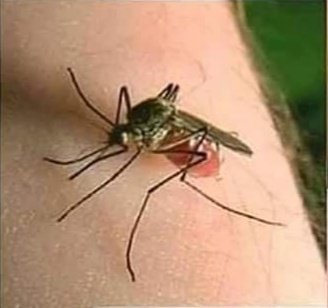
What a bed bug bite looks like
A typical bed bug bite is small, flat or raised, and may become inflamed, red, itchy, or blistered. In an extreme case, the bite may become inflamed and blister-like.
Bed bug bites on a leg. Photo by Simon Berenyi / Pexels
Location: You’ll typically find bed bug bites on parts of the body you expose when sleeping: your hands, neck, face, shoulders, legs, and arms. Occasionally a bed bug can bite around the ankles.
Bites are in clusters: Bed bug bites are grouped where multiple bed bugs have fed. These clusters will likely appear in a line or zigzag pattern.
When bed bug bites appear: A single bed bug can feed on a human host for up to 10 minutes. The bite won’t usually appear right after a bed bug has bitten you. In most cases, bed bug bites become visible a few days after the bite occurs.
Are bed bug bites dangerous?
Bed bugs do not pass diseases to humans.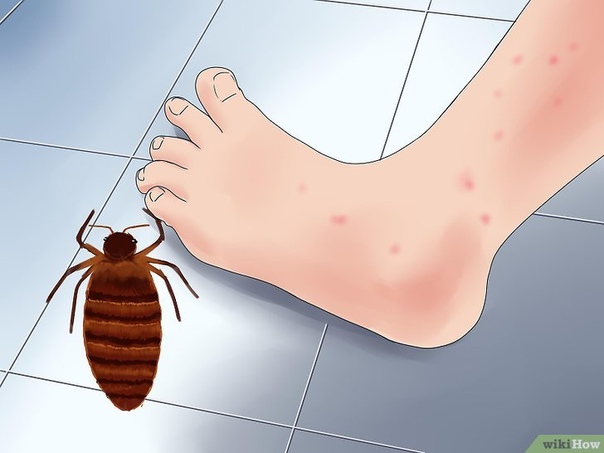 If the bites turn to blisters or become infected, speak to your dermatologist. (See below for How to Treat Bed Bug Bites at Home and When to See a Doctor About Bed Bug Bites.)
If the bites turn to blisters or become infected, speak to your dermatologist. (See below for How to Treat Bed Bug Bites at Home and When to See a Doctor About Bed Bug Bites.)
Keep in mind: Not everyone reacts the same to a bed bug bite. Some people may have experience no itchiness or redness, while others may have a more severe response.
Bed bug bites are a sign that you may have an infestation in your home. Bed bug infestations are difficult to manage and cause a lot of stress for homeowners. Pest control experts often are called in to help get rid of bed bugs.
Mosquito Bite Symptoms
Mosquitoes have a painful bite that often can be felt immediately, almost like a small prick.
What a mosquito bite looks like
A mosquito bite is a small, round, puffy bump that often becomes red, hard, swollen, and itchy.
Mosquito bites on an arm. Seney Natural History Association / CC BY-SA
Location: You’ll typically find mosquito bites on parts of the body not covered by clothing: your hands, neck, face, shoulders, legs, and arms. Mosquitoes rarely bite through clothes.
Mosquitoes rarely bite through clothes.
Mosquito bites are random: A mosquito bite can appear as a single bite or several bites scattered on your skin.
When mosquito bites appear: A mosquito bite appears soon after a mosquito has bitten you.
Are mosquito bites dangerous?
Mosquitos are one of the most dangerous pests in the world. If you experience extreme redness or itchiness, develop a fever, or are allergic to mosquito bites, you should see your doctor immediately. (See below for How to Treat Mosquito Bites at Home and When to See a Doctor About Mosquito Bites.)
More than 1 million people worldwide die from mosquito-borne illnesses every year. These diseases include West Nile and Zika viruses, yellow fever, encephalitis (brain inflammation), dengue fever, malaria, and lymphatic filariasis.
Nearly 40,000 people in the U.S. have had West Nile virus disease since 1999, according to the Cornell Cooperative Extension. More than 17,000 of these people have been seriously ill, and more than 1,600 have died.
More than 17,000 of these people have been seriously ill, and more than 1,600 have died.
Children and the elderly are the most susceptible to these mosquito-borne pathogens.
Keep in mind: Some people make a more attractive mosquito bite target than others.
How to Treat Bed Bug Bites at Home
Bed bug bites will usually heal within one to two weeks. To treat bed bug bites at home:
- Wash the bites with soap and water, to help prevent a skin infection.
- Apply a mild corticosteroid cream from your local drugstore if the itch of the bites is uncomfortable, the American Academy of Dermatology recommends.
When to See a Doctor About Bed Bug Bites
The American Academy of Dermatology encourages you to see your dermatologist if you experience the following bed bug bite symptoms:
- You have several bites.
- The bites develop into blisters.
- Infection (bites feel tender or ooze pus).
 Your dermatologist may prescribe you an antibiotic or recommend an antiseptic medication to treat the infection.
Your dermatologist may prescribe you an antibiotic or recommend an antiseptic medication to treat the infection. - An allergic skin reaction (skin turns red and swollen or you develop hives).
- You have an allergic reaction to bed bug bites. In a severe case, some people may need an antihistamine injection, corticosteroid, or epinephrine (adrenaline).
- Itchiness. A dermatologist may prescribe an antihistamine pill or liquid.
How to Treat Mosquito Bites at Home
If you’re dealing with a nuisance mosquito bite, the Mayo Clinic recommends these home remedies:
- Apply a lotion, cream, or paste. Calamine lotion or nonprescription hydrocortisone cream can help stop the mosquito bite from itching.
- Dab the bite with a paste made of baking soda and water.
- Apply a cold compress to ease the bite.
- If you have an allergic reaction to mosquito bites, take a nonprescription antihistamine such as Benadryl or Chlor-Trimeton.

When to See a Doctor About Mosquito Bites
See your doctor immediately if you develop severe symptoms or a fever following a mosquito bite. These could be a sign of a mosquito-borne illness. If you have a severe allergic reaction to mosquito bites, seek medical attention immediately.
When to Call a Pest Control Expert
A pest control professional can provide solutions to help manage your mosquitos or bed bugs.
Call a pest control operator near you when mosquitos keep your family indoors or if you suspect a bed bug infestation in your home. If homemade mosquito repellents don’t work for you or you want an expert to get rid of bed bugs, they can help.
Main Image Credit: Pixabay
Jane Purnell
Jane Purnell is a freelance writer and actor in New York City. She earned her B.A. from the University of Virginia and enjoys a warm cup of French press coffee.
Allergen i71 – mosquito, IgE
The main allergen of a mosquito is its saliva, which enters the human body through an insect bite.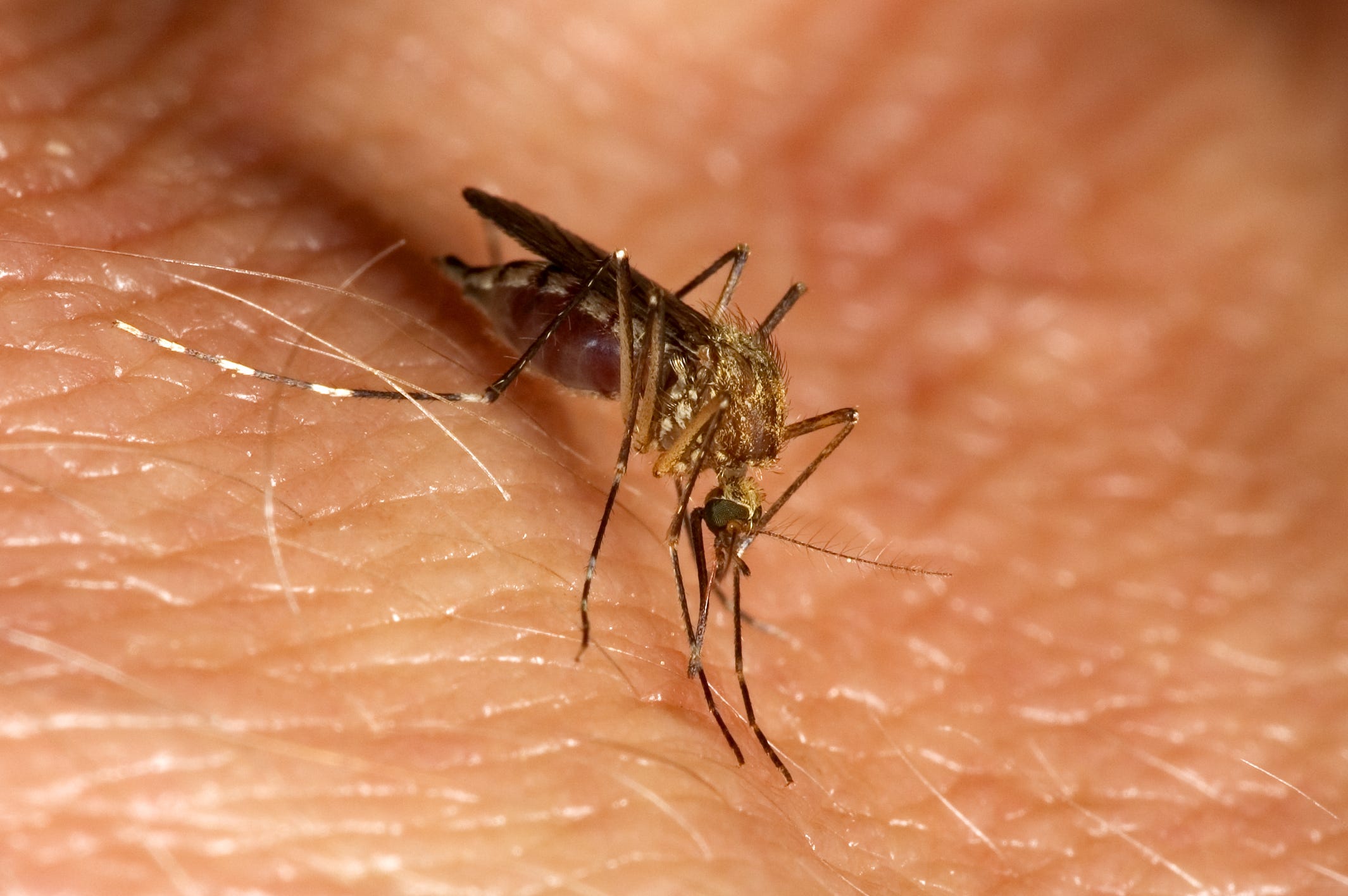 In addition, with a mosquito bite, it is possible for a person to enter the human body and its waste products, which can also cause sensitization of the body to these antigens. Allergy manifestations can be both local reactions in the form of allergic dermatitis, and general ones: urticaria, Quincke’s edema, anaphylactic shock. Determination of specific immunoglobulin E to a given allergen in an increased amount indicates the presence of sensitization of the body to it.
In addition, with a mosquito bite, it is possible for a person to enter the human body and its waste products, which can also cause sensitization of the body to these antigens. Allergy manifestations can be both local reactions in the form of allergic dermatitis, and general ones: urticaria, Quincke’s edema, anaphylactic shock. Determination of specific immunoglobulin E to a given allergen in an increased amount indicates the presence of sensitization of the body to it.
Synonyms English
Aedes communis, Mosquito IgE (i71).
Research method
Immunochemiluminescence analysis.
Units
IU / ml (international unit per milliliter).
What biomaterial can be used for research?
Venous blood.
How to properly prepare for the study?
- Do not smoke within 30 minutes prior to examination.
General information about the study
Allergies resulting from stinging, insect bites, contact with them, involuntary inhalation of their particles or waste products is called insect allergy.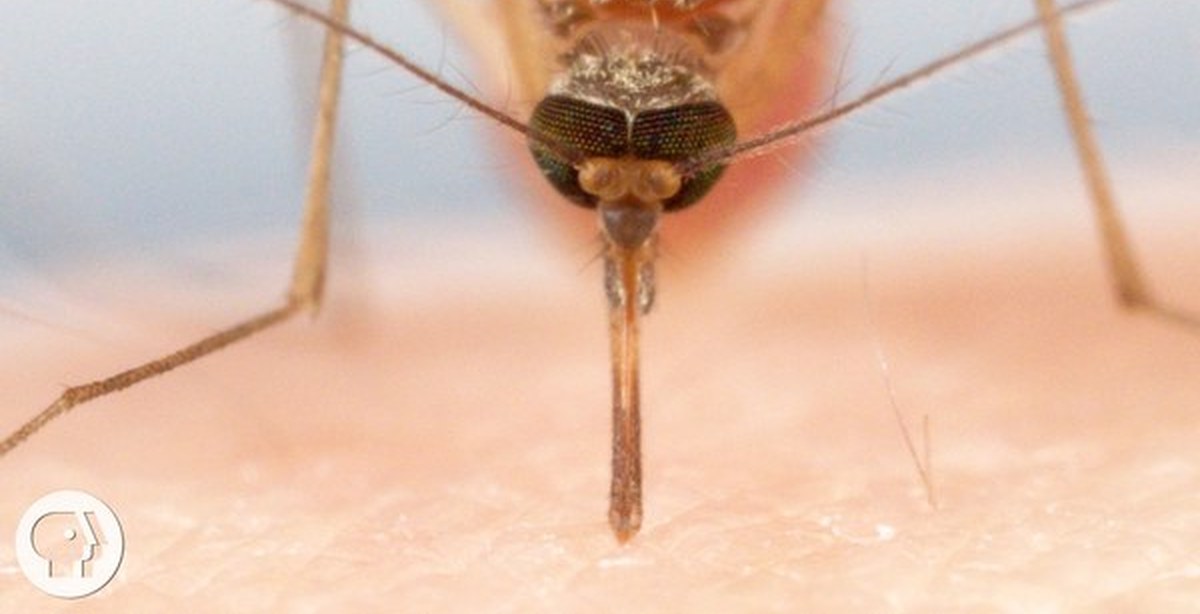 Most of the allergic reactions are caused by stings of bees, wasps, mosquitoes, midges. Mosquito allergy is called kulicidosis.
Most of the allergic reactions are caused by stings of bees, wasps, mosquitoes, midges. Mosquito allergy is called kulicidosis.
Antigens cause the development of sensitivity when they enter the body in different ways: when bitten by blood-sucking representatives of the order of Diptera (mosquitoes, mosquitoes), inhalation of aeroallergens and in direct contact – in any case, when in contact with their saliva.Allergic reactions that occur after a mosquito bite are caused by sensitization to a protein from the mosquito’s saliva. Mosquito saliva is toxic to humans, and when mosquitoes inject their venom, inflammation develops in the body. In this case, it is not so much the amount of poison received during the bite that matters, but the potential ability of the antigen to induce the body’s immune response. Hypersensitivity reactions to bites range from local skin reactions such as urticarial eruptions, papules, localized itching and pain, to systemic manifestations such as fever, urticaria, laryngeal edema, bronchospasm, and anaphylactic shock.
The prevalence of allergy to mosquito bites in Russia ranges from 5-20%. It is assumed that the human body can withstand about 400 mosquito bites without developing a toxic reaction. But for those with a predisposition to allergies, one bite is enough to develop an allergic reaction to the saliva of a mosquito. Especially often, the immune response to mosquito bites is formed in children.
Based on the results of the study, indications for specific desensitizing immunotherapy are determined, and patients are selected for anti-IgE therapy.
What is this study used for?
- For the diagnosis of allergic diseases associated with sensitization to mosquito bites;
- for screening for insect bite sensitization.
When is the study scheduled?
- In case of allergy symptoms (including the appearance of urticarial and papular skin rash, edema of the mucous membranes, rhinitis, lacrimation, bronchospasm, an attack of bronchial asthma, etc.
 )) that occur immediately after a mosquito bite or after a short time.
)) that occur immediately after a mosquito bite or after a short time.
What do the results mean?
Reference values: 0.00 – 0.10 IU / ml.
Reasons for a positive result:
- mosquito hypersensitivity; sensitization to mosquito saliva with a high risk of developing an allergic reaction after being bitten.
Reasons for a negative result:
- no IgE sensitization to this allergen;
- long-term limitation or exclusion of contact with the allergen.
- successful implementation of ASIT.
Remedy for mosquito bites for children
The current situation in pediatrics is characterized by a steady increase in the incidence of allergies in children. Allergy is an overreaction of the baby’s immune system to various allergens and is characterized by a wide variety of clinical symptoms. Many substances and factors act as an allergen, for example: food (especially citrus fruits, seafood, chocolate, gluten, cow’s milk protein), household allergens (dust), plant pollen, exposure to chemicals, including medicines, and much more. In theory, any substance can act as an allergen. Allergy in a child, as a rule, is characterized by a hereditary predisposition. Quite common allergic diseases in children are: atopic dermatitis, allergic rhinitis, bronchial asthma. These diseases can develop sequentially. At the same time, one disease is superimposed on another, or replaces it. This process is called the medical term – atopic march .
In theory, any substance can act as an allergen. Allergy in a child, as a rule, is characterized by a hereditary predisposition. Quite common allergic diseases in children are: atopic dermatitis, allergic rhinitis, bronchial asthma. These diseases can develop sequentially. At the same time, one disease is superimposed on another, or replaces it. This process is called the medical term – atopic march .
In addition to these pathologies, there are other forms of allergy in a baby.One of the most common problems, especially at an early age, is insect allergy. Insect allergy is an allergy to insects. The role of such insects is most often played by wasps, bees, mosquitoes, midges and others.
In this article we will talk about the most common insect bites. Consider the anatomical structure of mosquitoes, their main allergens, symptoms of kulicidosis, as well as the means for treating this ailment.
Characteristics of mosquitoes
The common mosquito is a blood-sucking insect that is widespread, mainly near water bodies.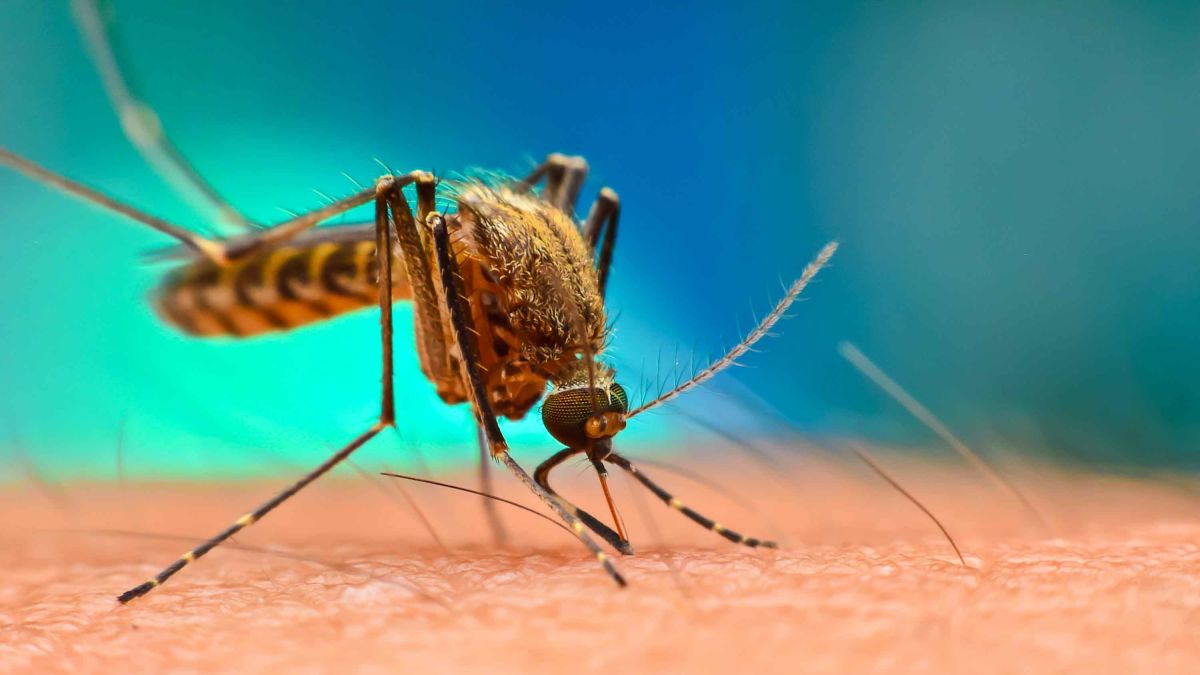 Their sizes vary from 4 to 8 mm. The life cycle of a mosquito is a series of certain sequential stages, during which mature mosquitoes – adults – are formed from eggs.
Their sizes vary from 4 to 8 mm. The life cycle of a mosquito is a series of certain sequential stages, during which mature mosquitoes – adults – are formed from eggs.
For the purpose of reproduction, the female mosquito lays eggs in warm stagnant water. In the role of such reservoirs are mainly ponds, rates, wetlands, rivers and many others. The development of a mosquito in water takes up to seven to eight days. It all depends on the temperature of the water in which the eggs are located.
Contact with mosquito saliva leads to the development of allergic reactions.
When considering mosquitoes, it is very important to understand the nutrition of mosquitoes. The nutrition of mosquitoes will make it possible to understand how and for what purpose this type of insect often worries people so much. Only female mosquitoes bite humans. At the site of the bite, the female injects her saliva, which, to some extent, allows the site to be numbed. Just contact with the saliva of a mosquito leads to the development of allergic reactions. It should be noted that in addition to allergies, mosquito infestation can lead to the development of various infections. Human blood is necessary for the development of eggs, the rest of their needs are provided by sugars, which they receive from the juices of various plants.
It should be noted that in addition to allergies, mosquito infestation can lead to the development of various infections. Human blood is necessary for the development of eggs, the rest of their needs are provided by sugars, which they receive from the juices of various plants.
Kulicidosis and its manifestations
Kulicidosis is an allergic reaction to a mosquito bite.
The manifestations of kulicidosis can be different. As a rule, kulicidosis is characterized by the appearance of a local allergic reaction.
A local allergic reaction is characterized by the appearance of:
- Swelling.
- Itching.
- Redness at the site of the bite.
In rare cases, there are also pronounced general reactions, which are characterized by:
- Fever.
- Headache.
- General weakness.
- Nausea.
- Vomiting.
Repellents
Insect repellent is a substance that repels insects and thus prevents them from attacking.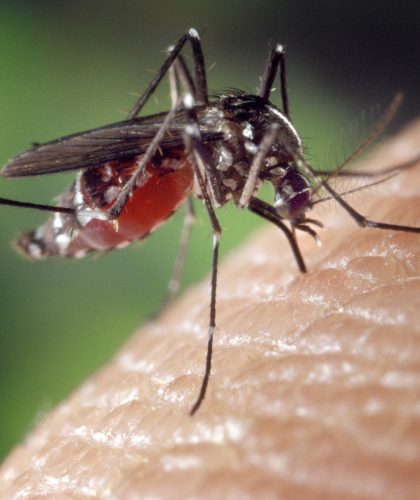 That is, repellents are mosquito bites for children.They differ in the mode of action and the substance in their composition.
That is, repellents are mosquito bites for children.They differ in the mode of action and the substance in their composition.
The repellant repels insects and thus prevents them from attacking.
Produced in the form of creams, ointments, aerosols and other devices. On the shelves of shop windows and pharmacies, you can find the most popular of them:
- Levrana . Available as a spray. Suitable for use in young children. It is a natural mosquito repellent.
- Off Kids .It is also possible to use it in young children.
- Special anti-mosquito bracelets. As a rule, they are made of hypoallergenic material and also help protect against mosquitoes.
- Picnic spray . It is quite comfortable to “lie down” on the skin and helps to protect the baby from harmful insects.
There are also stronger repellents that may have age restrictions. As a rule, in their composition they do not contain natural, but chemical substances in various concentrations. The most popular chemical is diethyltoluamide (DEET). Among the strong tools worth noting:
The most popular chemical is diethyltoluamide (DEET). Among the strong tools worth noting:
- DEET aerosol.
- Aerosol Mosquitall.
- Raptor.
- Komaroff.
- Off extreme.
- Picnic super.
- Gardeks extreme super.
How to help a child with a mosquito bite
- The first thing you need to do is rinse the baby’s bite with cold running water and soap.
- After washing, it is recommended to treat the lesion with an antiseptic. In the role of such an antiseptic, a 3% solution of hydrogen peroxide can be used. Other alcohol-based antiseptics work well.
- Then mosquito bites for children are applied to the site of the lesion.
Parents of toddlers often ask the following questions: “How to anoint a mosquito bite on a child? What helps children from mosquito bites? How to treat a child’s mosquito bites? How to treat mosquito bites in a child? “Next, we will consider the rating of the best anti-mosquito bites that allow you to quickly reduce inflammation, itching, redness and swelling at the site of the lesion. Consideration of this issue will allow you in the shortest possible time to understand what is best to use after a mosquito bite for children.
Consideration of this issue will allow you in the shortest possible time to understand what is best to use after a mosquito bite for children.
Rating of the best anti-mosquito allergy products
Among the most popular remedies for allergy to mosquito bites are:
1. Bepanten ointment .It can be used in a child up to one year old. The main active ingredient of this drug is dexpanthenol. This drug improves nutrition and repair of damaged tissues. Perfect for those children who have concomitant skin problems (increased dry skin, atopic dermatitis, burns, abrasions and much more).
Bepanten improves nutrition and repair of damaged tissues.
2. Hydrocortisone ointment . It is a hormonal anti-inflammatory agent.It has a pronounced anti-inflammatory and anti-allergic effect. It is used in a short course, after a decrease in symptoms, the drug is canceled.
3. Advantan . It is also an anti-inflammatory hormonal agent – glucocorticosteroid.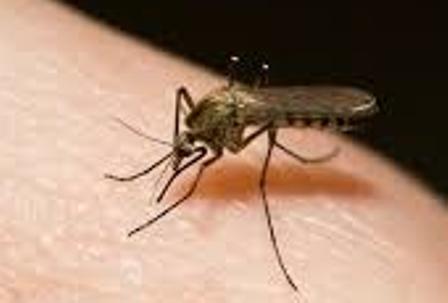 The main active ingredient is methylprednisolone. The ointment is applied to the lesion site once a day, in a thin layer. Like any other topical glucocorticosteroids, the duration of use should not exceed two weeks.
The main active ingredient is methylprednisolone. The ointment is applied to the lesion site once a day, in a thin layer. Like any other topical glucocorticosteroids, the duration of use should not exceed two weeks.
4. Psilo-balm . The main active ingredient of this drug is diphenhydramine hydrochloride. It is a blocker of histamine receptors, hence it has the properties to eliminate manifestations of allergy to insects.
5. Fenistil-gel . The main active ingredient of this drug is dimetindene maleate. It is a blocker of H1-histamine receptors.
6. Fluorocort. Refers to the group of glucocorticosteroids for external use, that is, it is a hormonal drug.It has a pronounced anti-allergic and anti-inflammatory effect.
7. Elokom . Glucocorticosteroid (GCS) for external use. The active ingredient of this drug is mometasone furoate. It is applied in a thin layer to the affected area. Like other GCS, the maximum duration of continuous use should not exceed 2 weeks. The most effective mosquito allergy remedy for children.
The most effective mosquito allergy remedy for children.
8. Nezulin . Contains extracts and natural oils, D-panthenol.Well removes redness and swelling, and also allows you to achieve a reduction in itching.
Allergy is a real problem in the modern world. Insect allergy is no exception. Mosquitoes are one of the most common blood-sucking insects.
It is very important to provide timely assistance to the baby in order to avoid more serious consequences.
The urgency of this problem is associated with the widespread distribution of this insect species. Young children are especially hard to tolerate mosquitoes.It is very important to provide timely assistance to the baby in order to avoid more serious consequences. The main prevention of mosquito attacks is the use of closed clothing and repellents. In case of allergies, you must use medicines. There are both natural and chemical medicines. We give preference to synthetic, chemical substances, first of all, glucocorticosteroids for external use.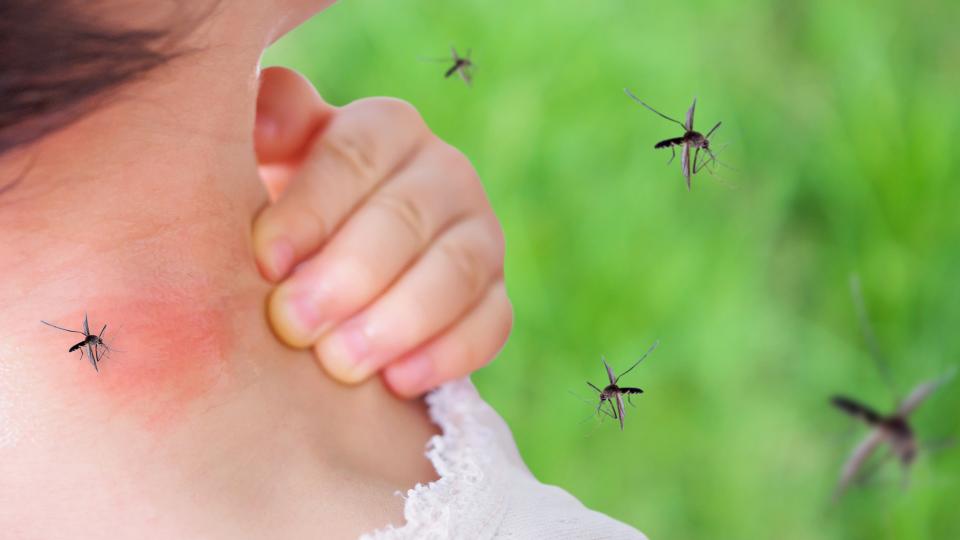 They allow you to achieve a persistent anti-allergic and anti-inflammatory effect in the shortest possible time.These effects allow you to completely eliminate the phenomenon of allergies. Often, in more severe cases, a combination of GCS for external use and oral antihistamines (loratadine, zyrtec, desloratadine, suprastin and others) is possible. Do not self-medicate, if you experience symptoms of the disease, contact your pediatrician.
They allow you to achieve a persistent anti-allergic and anti-inflammatory effect in the shortest possible time.These effects allow you to completely eliminate the phenomenon of allergies. Often, in more severe cases, a combination of GCS for external use and oral antihistamines (loratadine, zyrtec, desloratadine, suprastin and others) is possible. Do not self-medicate, if you experience symptoms of the disease, contact your pediatrician.
“This has never happened before!” Russians more than ever were attacked by mosquitoes
https://ria.ru/20200704/1573864462.html
“This has never happened before!” Russians were attacked by mosquitoes like never before
“This has never happened before!” Russians were attacked by mosquitoes like never before – RIA Novosti, 04.07.2020
“This has not happened before!” Russians more than ever were attacked by mosquitoes
This summer in all regions of the country – an invasion of mosquitoes./4086378-bed-bug-bites-5b55df6d46e0fb005b2f51d9.png) They attack in flocks, there is no living space on the victims. Itching, swelling, nausea, weakness – the reaction is different for everyone … RIA Novosti, 04.07.2020
They attack in flocks, there is no living space on the victims. Itching, swelling, nausea, weakness – the reaction is different for everyone … RIA Novosti, 04.07.2020
2020-07-04T08: 00
2020-07-04T08: 00
2020-07-04T08: 00
society
science
nature
insects
Moscow region (Moscow region)
health
biology
mosquito
/ html / head / meta [@ name = ‘og: title’] / @ content /
html / head / meta [@ name = ‘og: description’] / @ content
https: // cdnn21.img.ria.ru/images/07e4/07/03/1573861686_0:60:3425:1987_1920x0_80_0_0_712d01b44a5e59891d8f2f9d7de882e6.jpg
MOSCOW, July 4 – RIA Novosti, Maria Marikyan. This summer in all regions of the country – an infestation of mosquitoes. They attack in flocks, there is no living space on the victims. Itching, swelling, nausea, weakness – everyone’s reaction is different. Scientists and doctors still have not come to a consensus on how insects choose the target of attack. What is the reason for their aggressiveness and how to escape – in the material of RIA Novosti. Invasion Russians have been complaining about mosquitoes since May.In the middle of the month, videos were published in the Nizhny Novgorod social networks – insects in the Gorodetsky district clung to houses and cars, hovering in clouds in the air. Later, experts assured: these are mosquitoes-bells, they do not pose a danger to people. In early June, a video appeared on the Web, filmed by a resident of the Srednekolymsky district of Yakutia: mosquitoes are circling there in flocks, completely covering a wooden building. The author of the recording runs his palm on the door – and brushes away hundreds of insects at a time. The aggressiveness of mosquitoes is also noticed in the Moscow region.”This has not happened yet!”, “This year, just an invasion”, “You can’t go outside without a protective agent! Hands, legs … Everything is swollen! How to get rid of edema?” – there are hundreds of similar posts on social networks.
What is the reason for their aggressiveness and how to escape – in the material of RIA Novosti. Invasion Russians have been complaining about mosquitoes since May.In the middle of the month, videos were published in the Nizhny Novgorod social networks – insects in the Gorodetsky district clung to houses and cars, hovering in clouds in the air. Later, experts assured: these are mosquitoes-bells, they do not pose a danger to people. In early June, a video appeared on the Web, filmed by a resident of the Srednekolymsky district of Yakutia: mosquitoes are circling there in flocks, completely covering a wooden building. The author of the recording runs his palm on the door – and brushes away hundreds of insects at a time. The aggressiveness of mosquitoes is also noticed in the Moscow region.”This has not happened yet!”, “This year, just an invasion”, “You can’t go outside without a protective agent! Hands, legs … Everything is swollen! How to get rid of edema?” – there are hundreds of similar posts on social networks.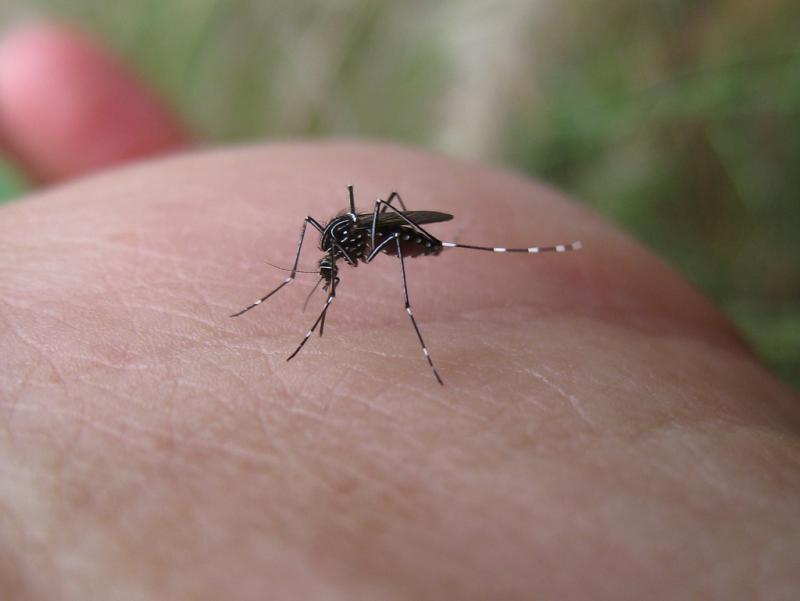 In the comments, users share tips: “I smear with baby cream, mixed it with vanilla. They don’t even fly up”, “I dilute soda with water, make lotions”, “I drink Suprastin, it relieves swelling well.” massive insect attacks, we asked Vadim Maryinsky, a researcher at the Department of General Ecology and Hydrobiology, Faculty of Biology, Moscow State University.This year, in Moscow and the region (and not only), a winter with little snow stood out and in the spring there were no floodplain reservoirs, where larvae usually hatch. “By the summer, nature took its toll: after heavy rains in early June, the rivers overflowed their banks, puddles appeared. Hot weather set in. And after those two or three weeks, mosquitoes flooded to people at once, and not gradually during the summer season,” says the biologist There is no need to talk about increased aggressiveness – “these are the same species as before.” “Apparently, we are talking about the mass character.The more insects bite a person, the stronger the body’s reaction.
In the comments, users share tips: “I smear with baby cream, mixed it with vanilla. They don’t even fly up”, “I dilute soda with water, make lotions”, “I drink Suprastin, it relieves swelling well.” massive insect attacks, we asked Vadim Maryinsky, a researcher at the Department of General Ecology and Hydrobiology, Faculty of Biology, Moscow State University.This year, in Moscow and the region (and not only), a winter with little snow stood out and in the spring there were no floodplain reservoirs, where larvae usually hatch. “By the summer, nature took its toll: after heavy rains in early June, the rivers overflowed their banks, puddles appeared. Hot weather set in. And after those two or three weeks, mosquitoes flooded to people at once, and not gradually during the summer season,” says the biologist There is no need to talk about increased aggressiveness – “these are the same species as before.” “Apparently, we are talking about the mass character.The more insects bite a person, the stronger the body’s reaction.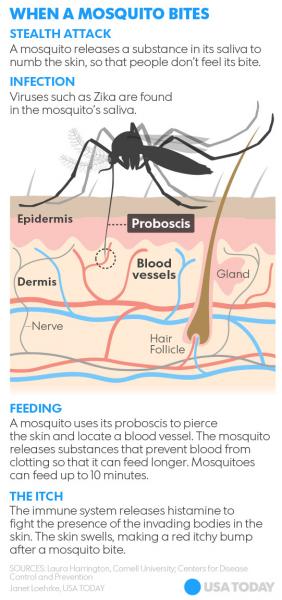 Although everything is individual. For example, two are walking in the forest, the number of bites they have is equal – but one is itchy, and the other does not blink an eye. “How long insects annoy people depends on the weather. generations will change over the summer. Potential victims Opinions about the principle by which mosquitoes choose a victim are divided in the scientific and medical community. For example, scientists of the Siberian State Medical University in one of the works noted: blood group are the most “attractive”.However, this is far from the only factor – there is also a metabolic rate, age, body mass index. Immunologist-allergologist, Candidate of Medical Sciences Nadezhda Loginina believes that the blood group has nothing to do with it: “Insects are provoked by odors – both natural and artificial (lotions, deodorants, perfumes). Especially – floral aromas. “Substances in the saliva of a mosquito promote blood flow to the affected area and often cause an allergic reaction.
Although everything is individual. For example, two are walking in the forest, the number of bites they have is equal – but one is itchy, and the other does not blink an eye. “How long insects annoy people depends on the weather. generations will change over the summer. Potential victims Opinions about the principle by which mosquitoes choose a victim are divided in the scientific and medical community. For example, scientists of the Siberian State Medical University in one of the works noted: blood group are the most “attractive”.However, this is far from the only factor – there is also a metabolic rate, age, body mass index. Immunologist-allergologist, Candidate of Medical Sciences Nadezhda Loginina believes that the blood group has nothing to do with it: “Insects are provoked by odors – both natural and artificial (lotions, deodorants, perfumes). Especially – floral aromas. “Substances in the saliva of a mosquito promote blood flow to the affected area and often cause an allergic reaction. “Among the twelve studied proteins that enter the body when bitten, tropomyosin is the most active,” explains Loginina.Most often, there is slight redness, slight swelling and itching. It is harmless and passes quickly. In especially sensitive people, the allergic reaction is stronger. “It is, as a rule, local – swelling up to ten centimeters or more, rashes around, burning, soreness. It lasts from several hours to several days.” However, there are complications. “The generalized (general. – Ed. Approx.) Reaction of the body is indicated by urticaria, diarrhea, vomiting, abdominal pain, bronchospasm, dry mouth, malaise, swollen lymph nodes.Multiple bites are sometimes accompanied by chills and high fever. “In this case, you need to see an allergist. Nadezhda Loginina tells how to relieve itching and swelling:” Wash the bite sites with cold water and soap, treat with an antiseptic. Apply ice to reduce puffiness. Apply an antihistamine cream or ointment to your skin. In case of severe local reactions or symptoms of generalized allergy, take antihistamines and consult a specialist as soon as possible.
“Among the twelve studied proteins that enter the body when bitten, tropomyosin is the most active,” explains Loginina.Most often, there is slight redness, slight swelling and itching. It is harmless and passes quickly. In especially sensitive people, the allergic reaction is stronger. “It is, as a rule, local – swelling up to ten centimeters or more, rashes around, burning, soreness. It lasts from several hours to several days.” However, there are complications. “The generalized (general. – Ed. Approx.) Reaction of the body is indicated by urticaria, diarrhea, vomiting, abdominal pain, bronchospasm, dry mouth, malaise, swollen lymph nodes.Multiple bites are sometimes accompanied by chills and high fever. “In this case, you need to see an allergist. Nadezhda Loginina tells how to relieve itching and swelling:” Wash the bite sites with cold water and soap, treat with an antiseptic. Apply ice to reduce puffiness. Apply an antihistamine cream or ointment to your skin. In case of severe local reactions or symptoms of generalized allergy, take antihistamines and consult a specialist as soon as possible.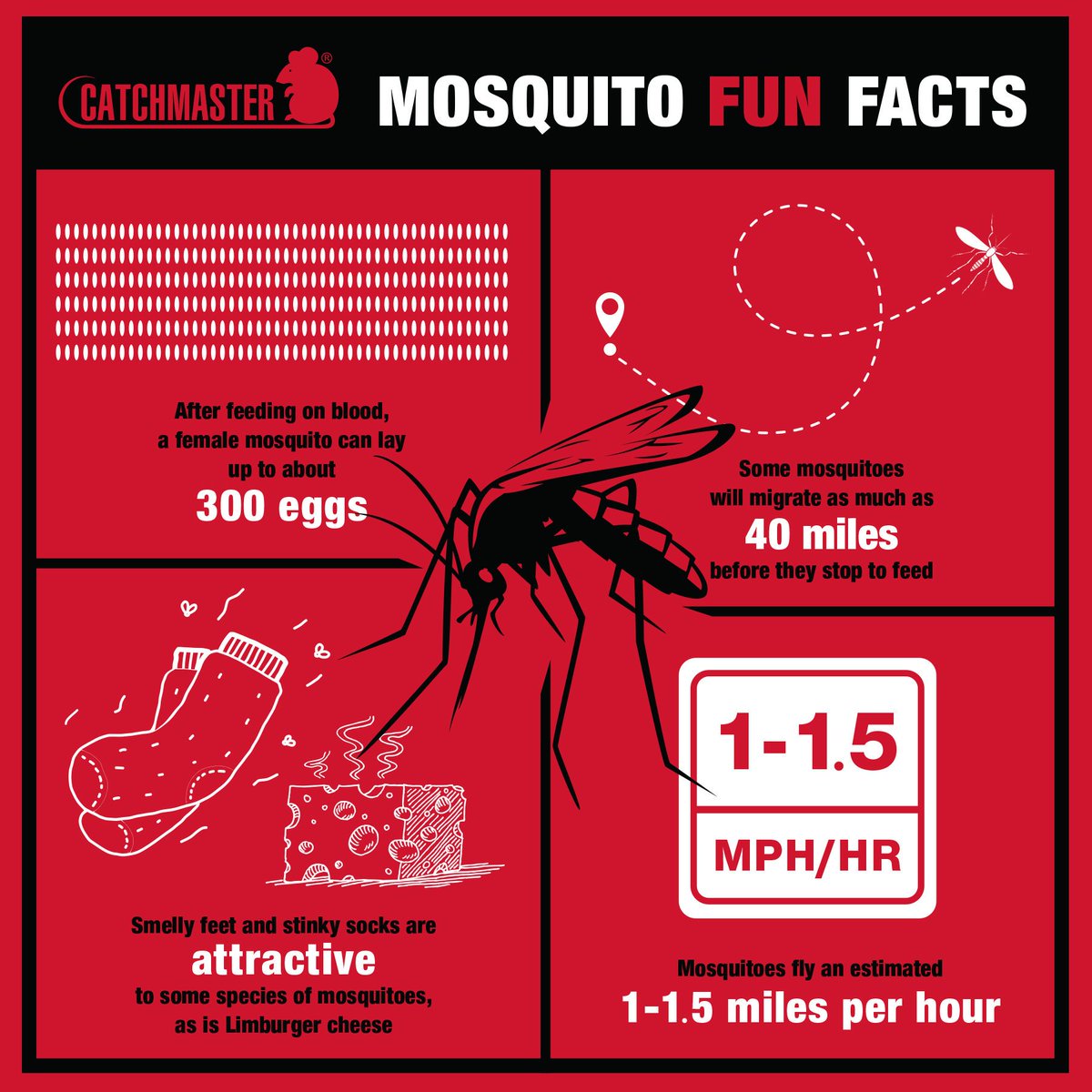 If necessary, the doctor will administer therapy to reduce sensitivity to mosquito poison. “Allergist-immunologist Vladimir Bolibok adds: you cannot touch the bite sites – there is a risk of secondary infection. “More often it concerns children – they scratch the wounds with dirty hands. Then suppuration occurs.” He does not advise taking medications without a doctor’s prescription: “First of all, apply compresses of cold water or vodka, ice to the sore spot. And then apply Fenistil gel. Experts recommend that everyone who is sensitive to mosquito bites use repellents before going outside. – insect repellants, as well as avoid long walks in forests and parks (especially near bodies of water and swamps), do not swim in stagnant water.And at home use mosquito nets, fumigators, ultraviolet and electric traps. How to protect yourself One effective way to avoid bites is repellent. There are a lot of them now for any occasion: both for the park and for the taiga. Rospotrebnadzor on the official website explained how to choose the right products.
If necessary, the doctor will administer therapy to reduce sensitivity to mosquito poison. “Allergist-immunologist Vladimir Bolibok adds: you cannot touch the bite sites – there is a risk of secondary infection. “More often it concerns children – they scratch the wounds with dirty hands. Then suppuration occurs.” He does not advise taking medications without a doctor’s prescription: “First of all, apply compresses of cold water or vodka, ice to the sore spot. And then apply Fenistil gel. Experts recommend that everyone who is sensitive to mosquito bites use repellents before going outside. – insect repellants, as well as avoid long walks in forests and parks (especially near bodies of water and swamps), do not swim in stagnant water.And at home use mosquito nets, fumigators, ultraviolet and electric traps. How to protect yourself One effective way to avoid bites is repellent. There are a lot of them now for any occasion: both for the park and for the taiga. Rospotrebnadzor on the official website explained how to choose the right products. When buying aerosols, creams, lotions, you need to pay attention to the percentage of DEET. For example, if you go to the forest in light summer clothes, you should take an aerosol containing at least 25 percent DEET.The action time on the skin is four hours, on clothes – up to twenty days. Children and adolescents are better off taking repellents in the form of creams or lotions containing no more than ten percent of this protective substance. And for the younger ones (a year or less), only products based on the chemical compound P3535 are suitable – it has low toxicity. It is safe even for pregnant and lactating mothers; repellents will still not provide 100% protection: they only repel insects. It is preferable to apply them on clothes – both the effect is longer, and the toxins are less affected.
When buying aerosols, creams, lotions, you need to pay attention to the percentage of DEET. For example, if you go to the forest in light summer clothes, you should take an aerosol containing at least 25 percent DEET.The action time on the skin is four hours, on clothes – up to twenty days. Children and adolescents are better off taking repellents in the form of creams or lotions containing no more than ten percent of this protective substance. And for the younger ones (a year or less), only products based on the chemical compound P3535 are suitable – it has low toxicity. It is safe even for pregnant and lactating mothers; repellents will still not provide 100% protection: they only repel insects. It is preferable to apply them on clothes – both the effect is longer, and the toxins are less affected.
https://ria.ru/20200609/1572702482.html
https://ria.ru/20200629/1573653824.html
https://ria.ru/20200626/1573492066.html
https: / /ria.ru/20190831/1558094633. html
html
Moscow Region (Moscow Region)
RIA Novosti
7 495 645-6601
FSUE MIA “Russia Today”
https: / /xn--c1acbl2abdlkab1og.xn--p1ai/awards/
2020
RIA Novosti
internet-group @ rian.ru
7 495 645-6601
FSUE MIA “Russia Today”
https: //xn--c1acbl2abdlkab1og.xn--p1ai/awards/
News
ru-RU
https: // ria. ru / docs / about / copyright.html
https: //xn--c1acbl2abdlkab1og.xn--p1ai/
RIA Novosti
7 495 645-6601
FSUE MIA Russia Today ”
https: //xn--c1acbl2abdlkab1og.xn--p1ai/awards/
https: // cdnn21.img.ria.ru/images/07e4/07/03/1573861686_348-0:3077:2047_1920x0_80_0_0_1866b7f6bafd669e3a23b3bcfd8b7d28.jpg
RIA Novosti
https: //xn--c1acbl2abdlkab1og.xn--p1ai/awards/
RIA Novosti
internet-group@rian.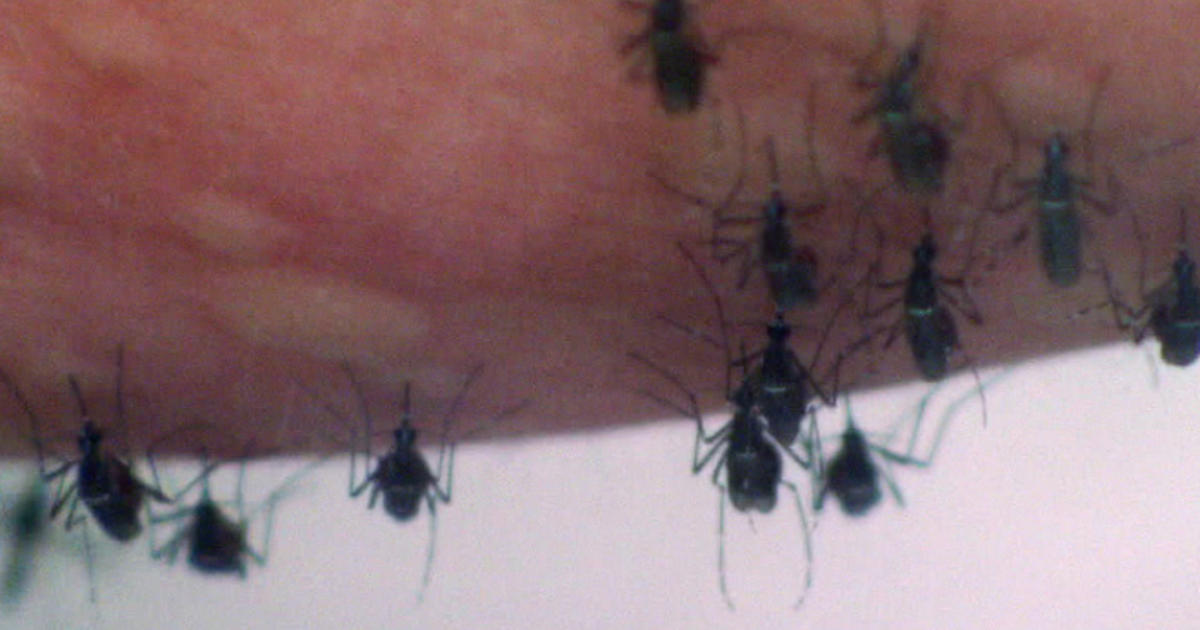 ru
ru
7 495 645-6601
FSUE MIA “Russia Today”
https: //xn--c1acbl2abdlkab1og.xn--p1ai/awards/
society, science, nature, insects, Moscow region (Moscow region), health, biology, mosquito
MOSCOW, July 4 – RIA Novosti, Maria Marikyan. This summer there is an infestation of mosquitoes in all regions of the country. They attack in flocks, there is no living space on the victims. Itching, swelling, nausea, weakness – everyone’s reaction is different. Scientists and doctors still have not come to a consensus on how insects choose the target of attack. What is the reason for their aggressiveness and how to escape – in the material of RIA Novosti.
Invasion
Russians have been complaining about mosquitoes since May. In the middle of the month, videos were published in the Nizhny Novgorod social networks – insects in the Gorodetsky district clung to houses and cars, hovering in clouds in the air.Later, experts assured: these are mosquitoes, they do not pose a danger to people.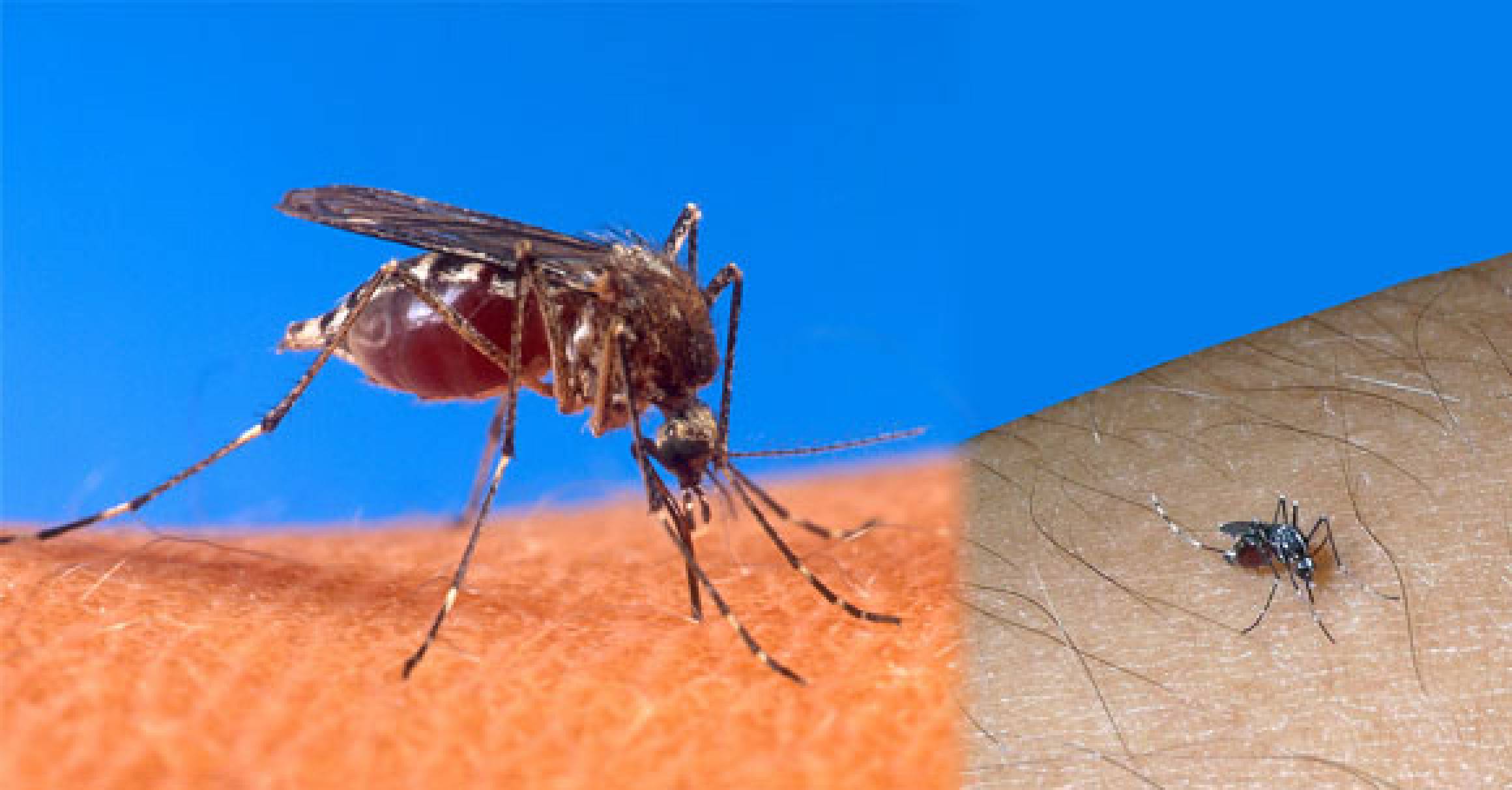
At the beginning of June, a video appeared on the Web, filmed by a resident of the Srednekolymsky district of Yakutia: mosquitoes are circling there in flocks, completely covering the wooden building. The author of the recording runs his palm along the door – and brushes away hundreds of insects at a time.
June 9, 2020, 17:08
Billions of mosquitoes attacked the residents of Yakutia and got on the video
The aggressiveness of mosquitoes is also noticed in the Moscow region. “This has not happened yet!”, “This year, just an invasion”, “You can’t go outside without a protective agent! Hands, legs … Everything is swollen! How to get rid of edema?” – there are hundreds of similar posts on social networks.In the comments, users share tips: “I smear with baby cream, mixed it with vanilla. They don’t even fly up”, “I dilute soda with water, make lotions”, “I drink Suprastin, it relieves swelling well.”
“They rushed to the people”
What are the reasons for the massive attacks of insects, we asked a researcher at the Department of General Ecology and Hydrobiology, Faculty of Biology, Moscow State University, Vadim Maryinsky.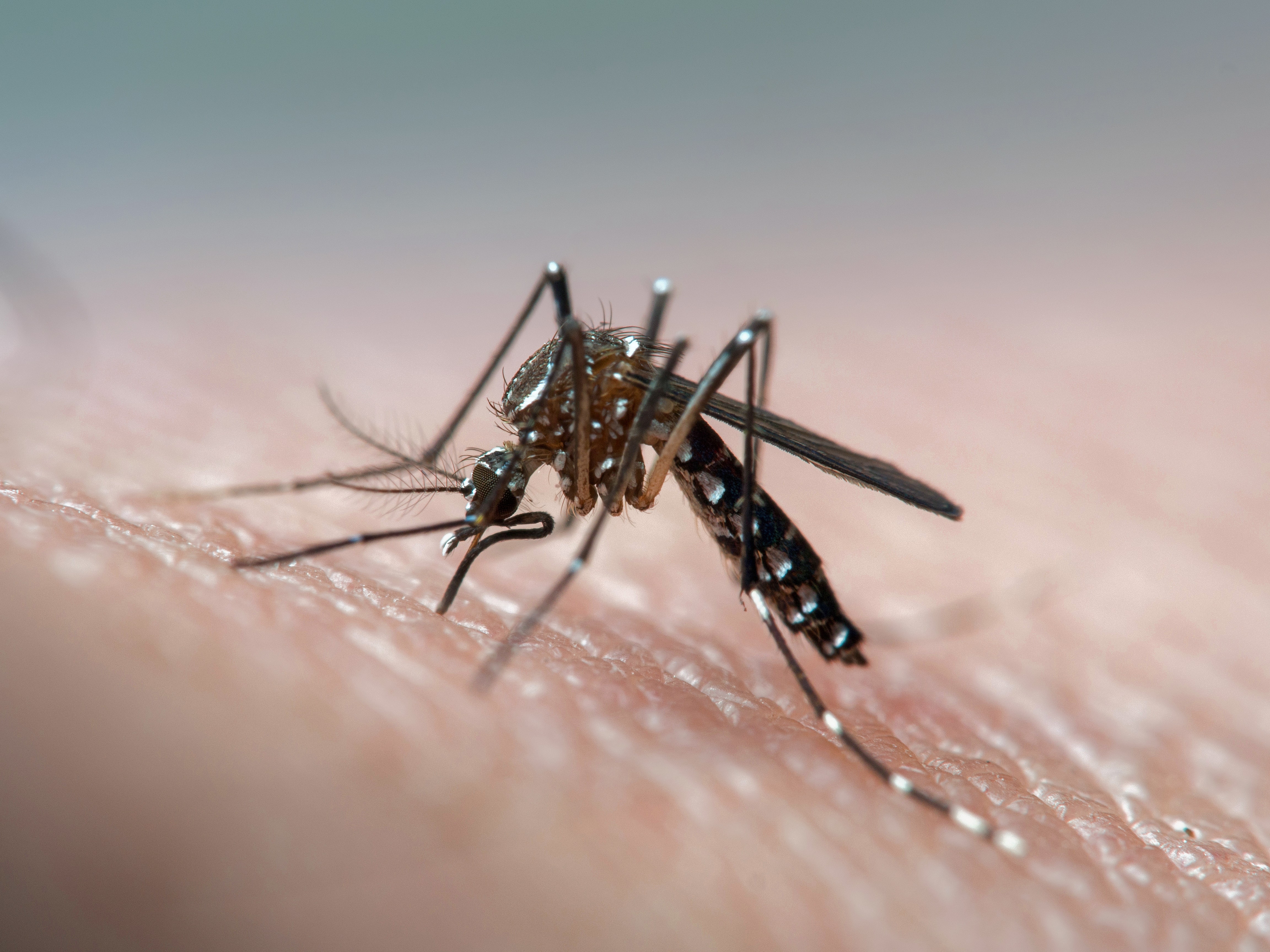
“It’s really simple. The life cycle of a mosquito includes the larval and adult stages.We meet with the latter on a regular basis, but we usually do not pay attention to the former. The larvae of blood-sucking mosquitoes (a whole family) develop in small stagnant bodies of water. Not in lakes and ponds – there they are actively eaten by fish. Rather, in a large puddle that does not dry out for two or three weeks – that is how much is needed for an adult to form at optimal temperatures. The warmer the water, the faster it grows, “the expert explains.
This year in Moscow and the region (and not only) there was a little snowy winter and in the spring there were no floodplain reservoirs where larvae usually hatch.”By the summer, nature took its toll: after heavy rains in early June, the rivers overflowed their banks, puddles appeared. Hot weather set in. And after those two or three weeks, mosquitoes flooded to people at once, and not gradually during the summer season,” says the biologist .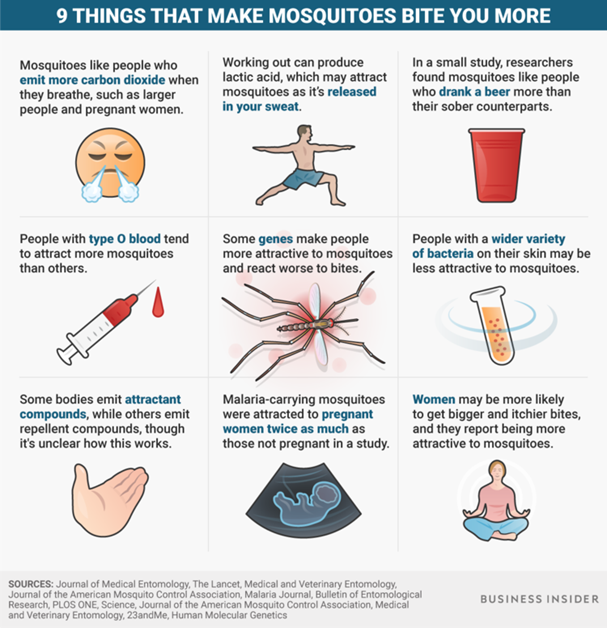 ..
..
There is no need to talk about increased aggressiveness – “these are the same species as before.” “Apparently, we are talking about mass character. The more insects bite a person, the stronger the reaction of the organism. Although everything is individual. For example, two are walking in the forest, the number of bites they have is equal – but one is itchy, and the other does not blink an eye.”
How long insects will annoy people depends on the weather. In hot rainy periods, the larvae develop faster, which means more generations will change over the summer.
June 29, 2020, 11:32 pm For example, scientists from the Siberian State Medical University noted in one of their works: “Numerous studies support the theory that people with the first blood group are the most attractive.”However, this is far from the only factor – there is also the metabolic rate, age, body mass index.
Immunologist-allergist, candidate of medical sciences Nadezhda Loginina believes that the blood group has nothing to do with it: “Insects are provoked by smells – both natural and artificial (lotions, deodorants, perfumes).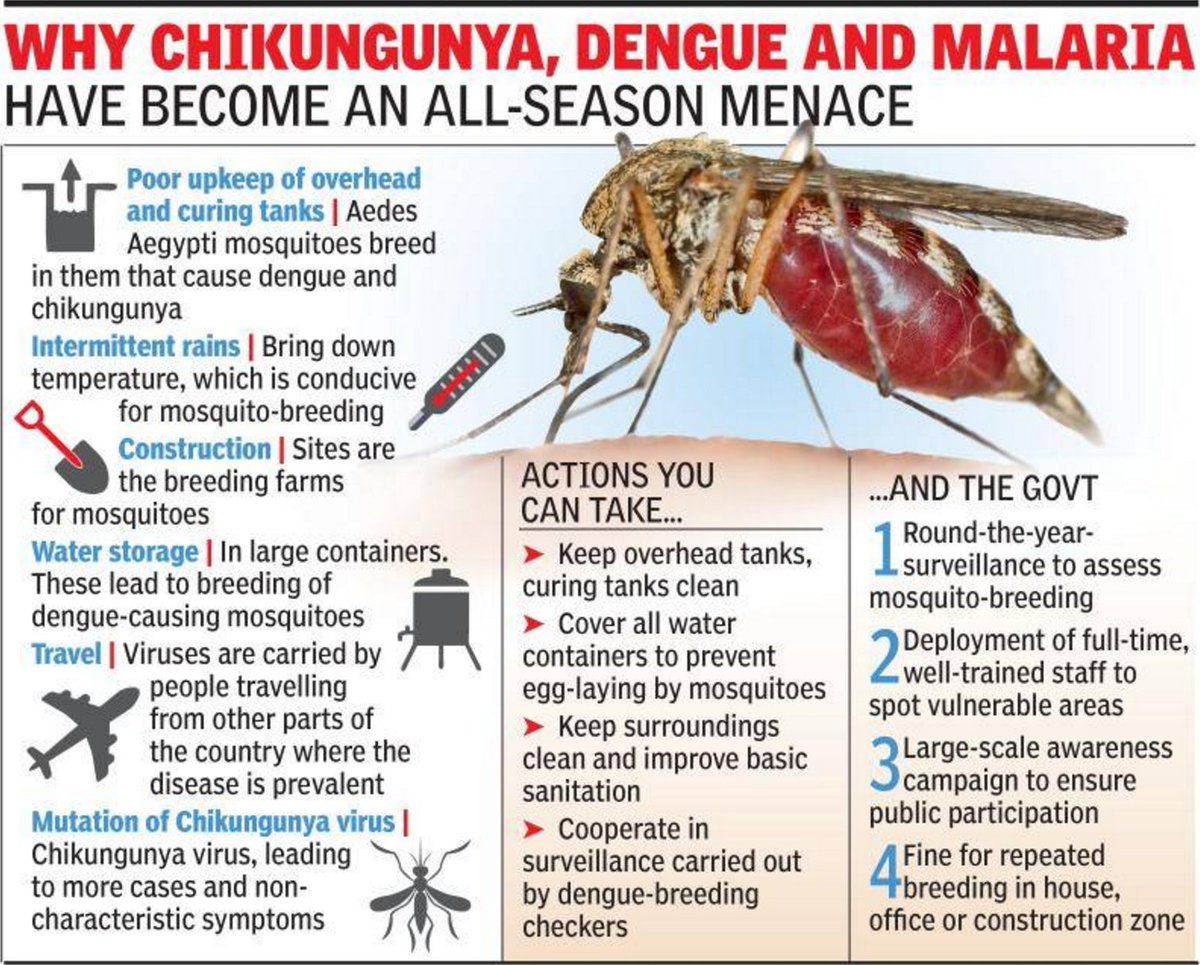 Especially – flower aromas.”
Especially – flower aromas.”
Substances in mosquito saliva promote blood flow to the affected area and often cause an allergic reaction. “Among the twelve studied proteins that enter the body when bitten, tropomyosin is the most active,” explains Loginina.
Most often there is slight redness, slight swelling and itching. It is harmless and passes quickly. In especially sensitive people, the allergic reaction is stronger. “It is, as a rule, local – swelling up to ten centimeters or more, rashes around, burning, soreness. It lasts from several hours to several days.”
26 June 2020, 02:02 “The generalized (general. – Ed. Approx.) Reaction of the body is indicated by urticaria, diarrhea, vomiting, abdominal pain, bronchospasm, dry mouth, malaise, swollen lymph nodes.Multiple bites are sometimes accompanied by chills and high fever. “In this case, you need to see an allergist.
” If there is redness all over the body, swelling, dizziness, nausea, vomiting and severe weakness, a sharp hoarse voice and you find it hard to breathe, call an ambulance immediately.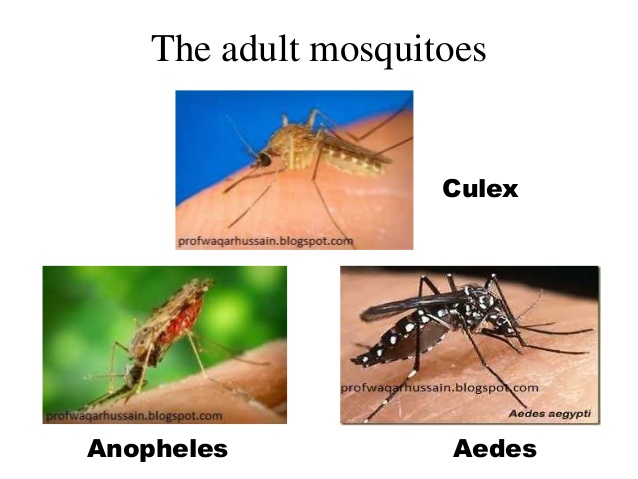 ” , – the doctor advises ..
” , – the doctor advises ..
Nadezhda Loginina tells how to relieve itching and swelling: “Wash the bite sites with cold water and soap, treat with an antiseptic. Apply ice to reduce puffiness.Apply an antihistamine cream or ointment to your skin. In case of severe local reactions or symptoms of generalized allergy, take antihistamines and consult a specialist as soon as possible. If necessary, the doctor will conduct therapy to reduce sensitivity to mosquito poison. “
Immunologist-allergist Vladimir Bolibok adds: you must not touch the bite sites – there is a risk of secondary infection.” More often this applies to children – they scratch their wounds with dirty hands. Then suppuration occurs. “He does not advise taking medications without a doctor’s prescription: “First of all, apply compresses of cold water or vodka, ice to the sore spot. And then apply the Fenistil gel.
Anyone who is sensitive to mosquito bites, experts recommend before going outside use insect repellants, as well as avoid long walks in forests and parks (especially near water bodies and swamps), do not swim in stagnant water, and use mosquito nets, fumigators, ultraviolet and electric traps at home.
31 August 2019, 08:00 Science Fight off the smell and desire. What products really protect against mosquitoes
How to protect yourself
One of the most effective ways to avoid bites is repellents. There are a lot of them now for any occasion: both for the park and for the taiga. Rospotrebnadzor on the official website explained how to choose the right funds.
When buying aerosols, creams, lotions, you need to pay attention to the percentage of DEET. For example, if you go to the forest in light summer clothes, you should take an aerosol containing at least 25 percent DEET.The action time on the skin is four hours, on clothes – up to twenty days.
For children and adolescents, it is better to take repellents in the form of creams or lotions containing no more than ten percent of this protective substance. And for the younger ones (a year or less), only products based on the chemical compound P3535 are suitable – it has low toxicity. It is safe even for pregnant and nursing mothers.
Repellents will still not provide 100% protection: they only scare away insects. It is preferable to apply them on clothes – both the effect is longer, and the toxins are less affected.
“Assisting allergic children with insect bites”
1. Allergy to insect venom (from insect bites such as wasps, bees, hornets and ants)
In order to protect children from the troubles associated with Hymenoptera bites, you should remember and put into practice the simplest precautions. If a trouble still occurs, and the child is stung, then you need to immediately provide him with first aid:
· Remove the sting (bee) from the sting site.Do not squeeze the sting because poison from the glands can additionally penetrate the wound. Better to use tweezers;
· Put something cold on the site of the bite;
· Exclude the possibility of overheating and physical activity;
· To reduce itching, you can give the child antihistamines (loratadine, cetirizine, erius, etc.). To reduce edema, it makes sense to use various ointments and creams: arnica ointment, fenistil, etc.;
In severe cases, especially if the insect got into the mouth and stung there, it is necessary to urgently contact a doctor.
2. Allergy to bites (saliva) of insects (mosquitoes, midges, biting midges)
In children with a predisposition to allergies, bites can cause an allergic reaction. Therefore, caregivers first of all need to follow some precautions.
Windows and doors should be covered with fine mesh so that mosquitoes do not enter the premises of the preschool educational institution.You can use repellents – substances that repel insects. There are currently a large selection of chemical repellents in stores. Natural repellents are produced by the leaves of tomatoes, lavender, cloves, anise, cedar, eucalyptus, etc. The mesh used to cover the crib and windows should be impregnated with a repellent.
If a lot of mosquitoes have already flown into the room, insecticides should be used – substances that kill these insects. The most widespread at present are fumigants – substances with which mosquitoes are fumigated (spirals, candles, liquids, plates).
Ultrasonic repellents can be used.
3. First aid to the bitten one.
In practice, it is not possible to completely protect children from mosquito bites. Therefore, you need to be able to provide first aid to a bitten child:
· Put something cold on the site of the bite;
Relieve itching and swelling from the bite with the help of alcohol-containing tinctures that may be at hand: boric alcohol, calendula tincture, even corvalol or valocordin;
Lubricate the bite site with arnica ointment, fenistil, etc.etc .;
· Give the child an antihistamine tablet: suprastin, claritin, erius, etc.;
With the development of an allergic reaction, accompanied by increasing swelling, nausea and even difficulty in breathing, it is necessary to urgently consult a doctor.
A wise saying says: “Forewarned is forearmed!” Thus, if the employees and, first of all, the educators of the preschool educational institution are “armed” with elementary knowledge from the life of insects and know how to behave in various critical situations, their pupils are not in danger.
Precautions
Danger | Precautions |
Bees, wasps, bumblebees, hornets in search of food can fly into the room | Cover windows and doors with a mesh that does not allow insects to enter the room during their flight. The windows of the bus with children must be closed |
Ants build nests in the ground; bumblebees often use old rodent nests or soil shelters for nesting | Do not allow your child to walk barefoot on the grass. To walk in the garden, wear closed shoes on the child. Do not allow the child to sit, lie on the ground without first examining the surface of the soil |
Wasps and bees are attracted by the smell of flowers, rotting vegetables, etc. | Do not visit apiaries with children and keep away from places where stinging insects may accumulate (vegetable and flower markets, waste containers, etc.) |
Ants, wasps, bees, hornets often build their nests in the immediate vicinity of a person’s dwelling (while wasps and bees, for example, begin to show aggression and attack people, defending their nest, and hornets are generally extremely aggressive) | Find and remove insect nests from the territory of the preschool educational institution |
Wasps and bees are attracted by the smell of sweet | Do not allow children to eat sweets on the street (ice cream, watermelon, lollipops, etc.)as it can attract insects to them |
Possible cross-reactivity between stinging insect venom and honey, propolis | Children with allergies should follow a diet: do not eat honey and products containing it. Do not use medicines and cosmetics containing insect venom, honey, propolis, etc. |
in some people a hymenoptera bite can cause an anaphylactic reaction | A child who has ever had a severe (anaphylactic) reaction to a Hymenoptera bite should always have a first aid kit with him (preschool educators should be able to use it.Instructing and training is carried out by the medical staff of the preschool institution) |
Ministry of Health
Mosquitoes
spoil our rest not only in nature and near water bodies, but also being at home.
One of
common claim is that people with a certain group
mosquitoes bite blood more often. But one of the reasons why mosquitoes choose their “victims”
is the odor of the human body.The dermatologist of the polyclinic told how to protect yourself from mosquito bites
No. 2 of the Central Clinical Medical Unit Lyudmila Lapushkina.
– Why are mosquito bites dangerous?
-The mosquito bite itself is often
painless, but the consequences can be serious. After biting
skin mosquito injects an anticoagulant. It is he who prevents blood clotting,
causes swelling and redness. Mosquito saliva quickly spreads to adjacent tissues.This is why a mosquito bite itches. If you comb the bite site, itching will only become
stronger. Allergies to mosquito bites are rare. However, to exclude the appearance of unpleasant
no symptoms. In sensitive people, allergy symptoms can manifest in
more or less. They are accompanied by edema, headache,
dizziness, nausea, fever. It is important to know what to do if a person is bitten by a mosquito
the temperature rises more than 38 degrees, severe itching arose,
convulsions or attacks of suffocation, severe headaches, chills,
dizziness is observed.The situation may be complicated by loss of consciousness or
vomiting. In this case, you must immediately call a doctor.
– What kind of clothes will protect
from mosquitoes?
-Better to prevent insect bites,
than to deal with their consequences. Therefore, in order to protect yourself and your
health from annoying mosquitoes, you should protect yourself. The safest
“Non-chemical” protection – closed clothing. Therefore, it is better to choose nature
clothes with long sleeves, preferably made of thick fabric, something else on the head,
and pants on your feet – and the mosquito won’t get to you.In addition, light will help
clothes that mosquitoes do not like, and therefore will not actively attack. However, so
you can dress when it’s cool outside. If the heat – hands and feet are bare – you can
use special anti-mosquito bites.
– How to protect yourself from
mosquitoes?
-Help protect from bites
special creams, sprays, lotions. However, store-bought products may cause
allergic reactions.Therefore, if there is a tendency to such – it is worth
consult a doctor. Or make a test – apply the product on
the inner surface of the forearm and wait a certain time – see
there will be no irritation.
– How to protect children from
mosquitoes?
-Choosing anti-bite creams or lotions
mosquitoes for children – a dermatologist advises to adhere to those indicated on
packaging recommendations. As a rule, such products can be applied to children with
two to three years.If the baby is not allergic – in themselves, these remedies are special.
no harm. Another thing is too “sensitive” to allergies baby –
then you need to consult a doctor. If the child develops itching after
mosquito bite – be sure to disinfect the wound. So that the infection does not get –
do not let your baby “brush” it. The same applies to adults – places
mosquito bites, the main thing is not to itch!
– What scares away
mosquitoes?
-To get rid of mosquitoes in
indoors – if possible, it is worth putting mosquito nets.The effect of it will be
more if you sprinkle the mesh with citrus, pine or geranium essential oil. Mosquitoes also dislike different
specific saturated smoke odors. You can scare them away with the smoke from the thrown
into the fire of needles, cones (if you are in nature), a few drops of camphor, or
cedar oil. Mosquitoes are also repelled by tobacco smoke and the smell of valerian. Such
the same means will help get rid of midges and flies. A tablespoon of food broth
cloves mixed with the same amount of any cologne will also help on
get rid of mosquitoes for a while.Or, alternatively, cut
half lemon and insert the clove buds into it. Place “composition”
next to the bed and you can sleep with the window open. Nice smell and lack
mosquito repellent guaranteed.
– Is the fumigator harmful?
from mosquitoes?
-Effective against mosquitoes and
electro-fumigator with plates. Such a small device that
plugs into an outlet. Its principle of operation is simple: a cardboard
a plate impregnated with an insecticide, or a can with the same preparation, but in
liquid form.The insecticide begins to evaporate from the heat, and after 10-12 minutes
the mosquitoes around you lose interest in you. The radius of action of a good fumigator is
12 sq. meters. An hour before you have to go to bed – the device is better
turn off. Despite its effectiveness
– its action is harmful, especially for children and pregnant women. Therefore it is better
use a fumigator when no one is in the house and ventilate at the same time
premises. If, when using the device, you have a headache, unexpected
rashes on the skin, stuffy nose or throat “tears”, it is better to refuse it.
– What to do if
Did a mosquito bite?
If the “little vampire” has already bitten –
first you need to reduce the itching. Again, you can use special tools:
creams, lotions. Or you can choose folk methods. The easiest is to process
the affected area with calendula tincture. Or wet the bite site with a regular
soda solution – 1 teaspoon in a glass of water and brush with lemon juice. If you protect yourself
the mosquitoes did not work, the blisters from the bites became inflamed, and the itching did not go away for a long
time and is accompanied by an increase in body temperature, you must apply for
qualified medical care in the clinic.
90,000 Insect allergy: symptoms, diagnosis, treatment of insect allergy
There are hundreds of thousands of insect species in the world. An allergic reaction can occur to the bite of any insect, but the most often serious allergic consequences are associated with a sting or sting of hymenoptera – bees, wasps, bumblebees, hornets and ants.
Usually, an itchy swelling (papule) forms on the skin at the site of the insect bite, which normally quickly disappears.With an allergic reaction, the clinical manifestations can be varied. With a mild form of allergy, swelling at the site of the bite, hives, widespread itching of the skin, a feeling of fear and malaise develop. With a moderate reaction, shortness of breath, dizziness, abdominal pain, nausea, and vomiting join the above symptoms. A severe form of insect bite allergy is accompanied by hoarseness, then suffocation, inability to swallow, incoherence of thoughts and a feeling of doom. The most dangerous consequence of an allergic reaction to insect venom is anaphylactic shock, when, in addition to the already indicated symptoms, blood pressure drops, the skin turns blue, involuntary defecation, loss of consciousness and death occur.About 2 times more people die from allergic reactions than from snake bites.
The fate of a patient with an insect allergy depends on what measures were taken in the first 20-30 minutes after the bite. If you do not have a first-aid kit with special preparations for the prevention of an allergic reaction at hand, it is recommended to apply a tourniquet above the sting site and carefully suck the poison out of the wound. The best and necessary measure for the prevention of the terrible consequences of insect bites is allergy vaccination with insect allergens.
PREVENTION OF ALLERGIC REACTIONS TO INSECT BITES (INSECT ALLERGY)
The period of emergence of hymenoptera insects (wasps, bees, hornets, etc.) for temperate latitudes falls on May-September. Recommended at this time:
1. Avoid hives and hornets’ nests.
2. Avoid places of accumulation of hymenoptera insects: grocery stores, markets, apiaries, etc.
3. Do not eat or drink outdoors. Do not use bee products.
4. Try to behave calmly and not make sudden movements if there is a wasp or bee nearby.
5. Avoid using scented cosmetics: perfume, colognes, soap, shampoo, lotion, etc.
6. Wear boots and never walk barefoot on the grass.
7. Avoid brightly colored clothing.
8. Exercise caution when working in the garden or vegetable garden.
9. Remember that the smell of sunscreen creams and lotions used can attract insects.
Caution – insect bites
Caution – insect bites
With the onset of summer, we and our children are in for such troubles as insect bites. They can cause not only reddening of the skin at the site of the bite, unpleasant itching, rashes, but also other, more pronounced allergic reactions. We will talk about how to avoid them in this article.
What is an allergy?
Allergic diseases are one of the most common chronic diseases in the world. Everyone knows about allergies, even those people who have never experienced allergic reactions from personal experience.
An allergic reaction occurs when a person’s immune system becomes hypersensitive to certain substances, such as food, pollen, pet dander, mold, certain medications, and more.Anything can be an allergen as long as the immune system has some type of adverse reaction to it. The main function of our immune system is to maintain health and fight harmful pathogens. As a rule, substances can be completely harmless to other people, while the immune system of an allergic person recognizes them as hostile and begins to fight.
More and more people are showing an unhealthy reaction to insect bites. The reasons are hereditary factors, unfavorable environmental conditions, disorders of the immune system.An allergy to insects can lead to unpleasant consequences, including anaphylactic shock. The severity of the reaction depends on the individual intolerance of the patient and the insect itself. As a rule, the most serious consequences arise from a sting of wasps, bees and hornets – swelling, redness, burning, fever, itching.
Insect Bite Allergy Symptoms:
– Pain
– redness
– edema
– urticaria
– itching
– less commonly, anaphylaxis, a potentially life-threatening reaction that can disrupt breathing and cause shock.
First aid for a wasp sting:
1) having found a sting at the site of the bite, carefully remove it from the wound (with tweezers or a needle)
2) apply a gauze cloth or cotton swab moistened with hydrogen peroxide solution, saline to the bite site
3) apply a heating pad with cold water to the bite site
4) on the skin around the bite and the bite itself, apply an anti-allergic agent, ointment (Fenistil gel, Psilo-balm).
5) if you notice worsening breathing, hoarseness or blistering of the skin, call an ambulance right away.
To protect yourself from insect bites, it is important to observe the following rules:
– do not wear brightly colored clothes;
– do not use perfumes and cosmetics if you are going to nature, because these smells attract bees and wasps;
– an allergy to bites can occur suddenly, often in adulthood;
– before using repellents, read the composition.Some of them cannot be applied to the skin.
What antihistamines are there
Antihistamines are divided into several groups.
First generation: Diphenhydramine, Suprastin, Diazolin, Tavegil
Pros:
1. Provide a quick and strong healing effect
2. There are injection forms, so they are used for acute allergic reactions.
Minuses:
1. They act for a short time
2. Reduce the reaction rate, therefore, transport drivers are contraindicated.
The second generation of antihistamines includes: Loratadin, Claritin, Lomilan, Cetirizin, Zirtek, Zodak, Kestin, Fenistil.
Pros:
1. They do not have a sedative effect
2. Valid for a long time
3.Side effects when taking them are much less common.
4. They do not cause addiction, therefore they can be used for a long time.
The third generation of antihistamines: Desloratadine (Erius, Lordestin, Desal, etc.

 Symptoms of this virus include fever, joint and muscle pain, headache, nausea, tiredness and a rash.
Symptoms of this virus include fever, joint and muscle pain, headache, nausea, tiredness and a rash. Symptoms of the most severe version of the virus can include headache, fever, a stiff neck, confusion, coma, convulsions and weakness of the muscles.
Symptoms of the most severe version of the virus can include headache, fever, a stiff neck, confusion, coma, convulsions and weakness of the muscles.

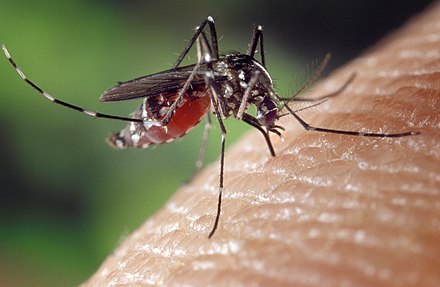 You can apply it directly to your mosquito bite as a cream or ointment.
You can apply it directly to your mosquito bite as a cream or ointment. Put the wet tea bag in a container in your refrigerator so that you can reuse it on your bites throughout the day.
Put the wet tea bag in a container in your refrigerator so that you can reuse it on your bites throughout the day.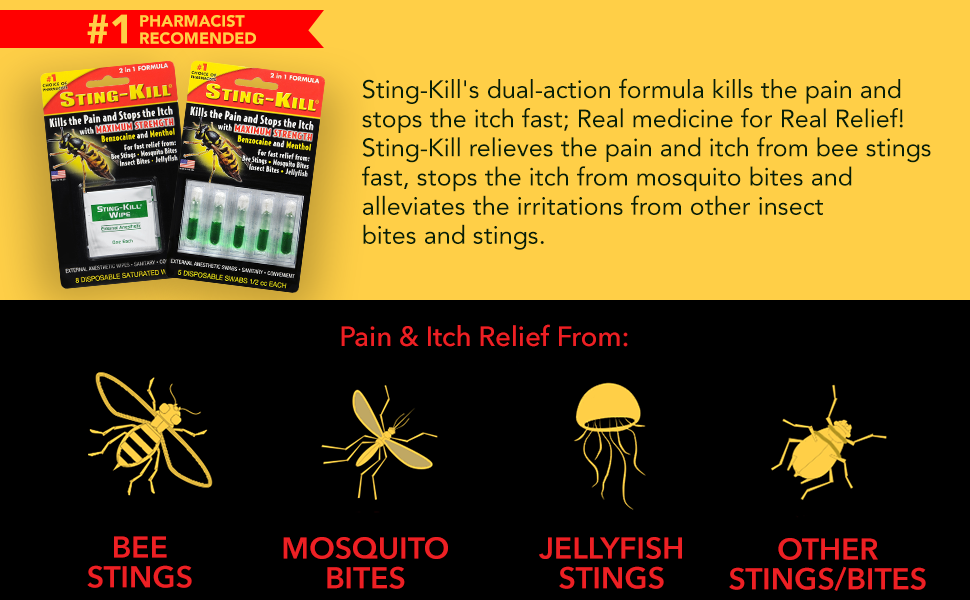
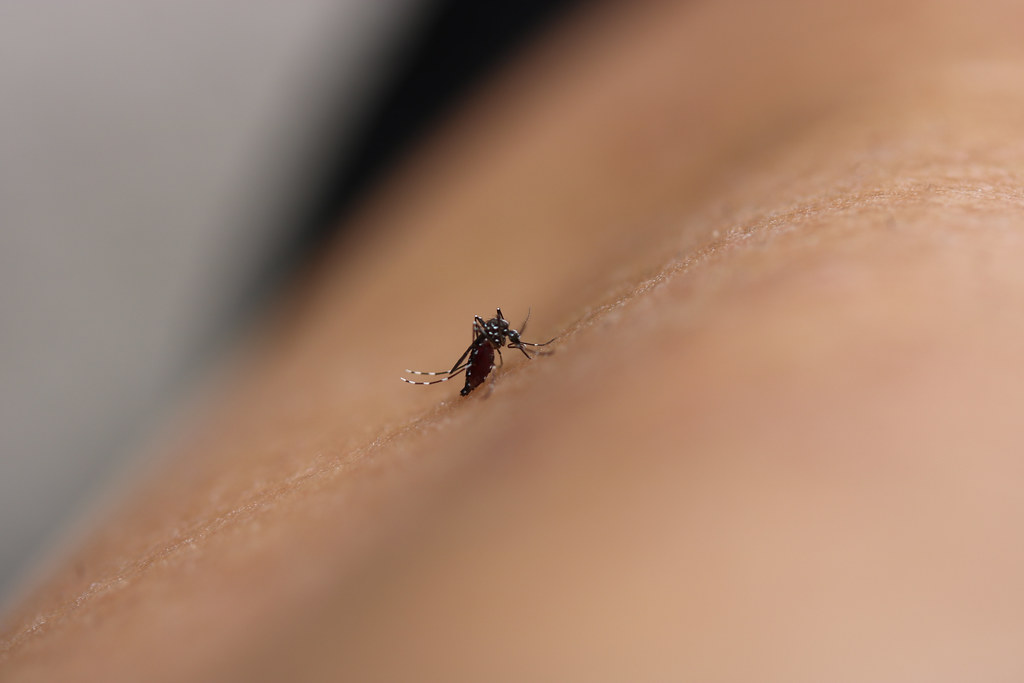 Remove the tea bag from the water and squeeze the tea bag to remove excess water. Press the tea bag to your flea bites for at least 10 minutes, and then wipe your bites with a clean towel. Put the wet tea bag in a container in your refrigerator so that you can reuse it on your bites throughout the day.
Remove the tea bag from the water and squeeze the tea bag to remove excess water. Press the tea bag to your flea bites for at least 10 minutes, and then wipe your bites with a clean towel. Put the wet tea bag in a container in your refrigerator so that you can reuse it on your bites throughout the day. After at least 10 minutes, wipe off the paste with a clean towel.
After at least 10 minutes, wipe off the paste with a clean towel. Wash your bedding in hot water, too, especially if your pet sleeps with you. Dry the bedding on the highest heat setting.
Wash your bedding in hot water, too, especially if your pet sleeps with you. Dry the bedding on the highest heat setting.

 Your dermatologist may prescribe you an antibiotic or recommend an antiseptic medication to treat the infection.
Your dermatologist may prescribe you an antibiotic or recommend an antiseptic medication to treat the infection.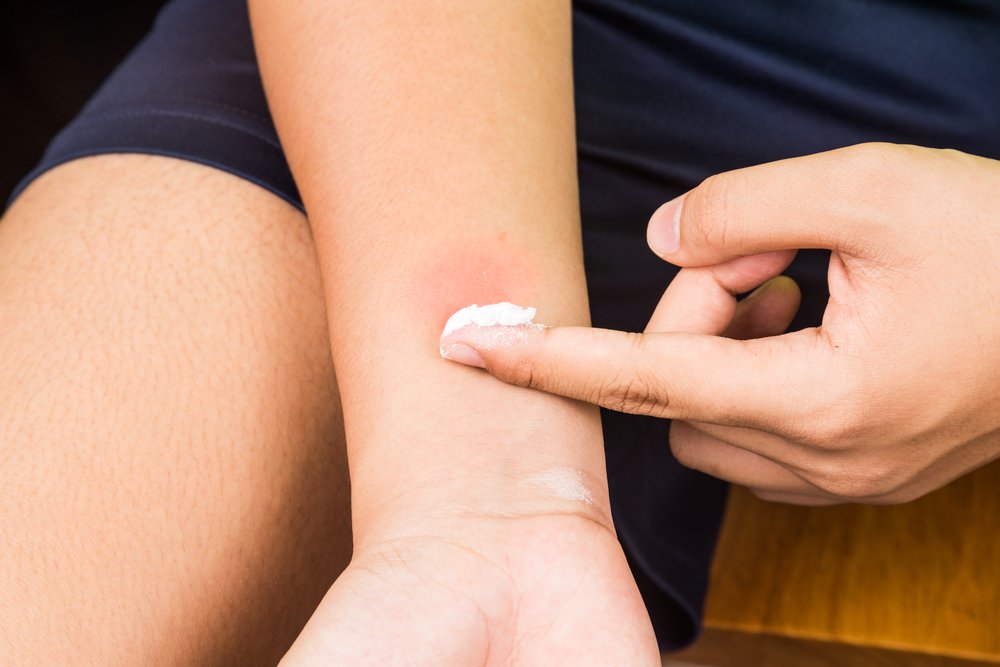
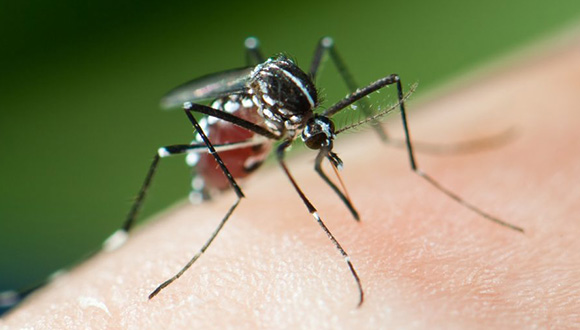 )) that occur immediately after a mosquito bite or after a short time.
)) that occur immediately after a mosquito bite or after a short time.